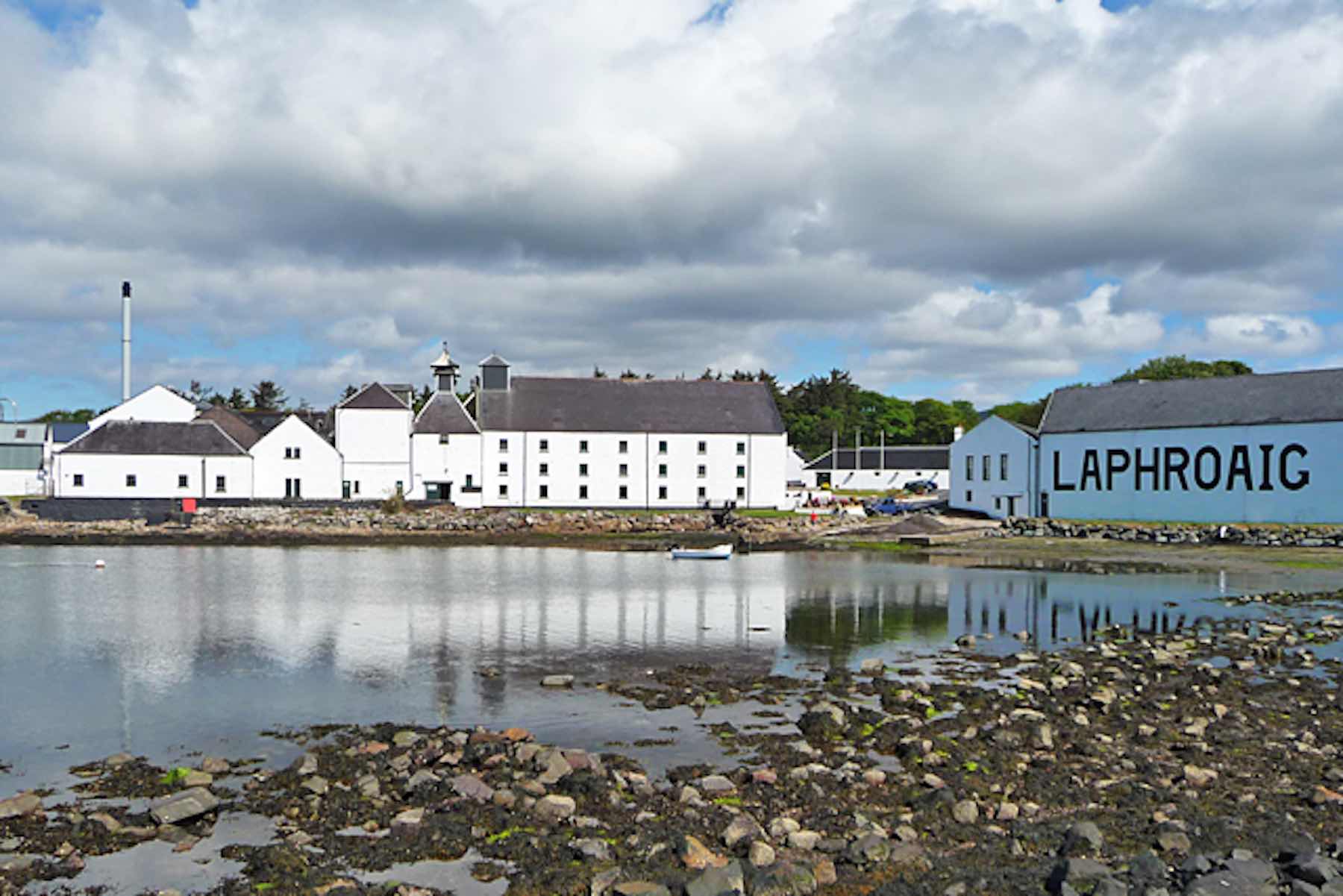
Laphroaig Distillery: Delving into the World of Islay's Peaty Pioneers
Laphroaig Distillery, nestled on the rugged shores of Islay, is a beacon of peaty prowess. It delights whisky enthusiasts with its intensely smoky and complex single malts. Established in 1815, Laphroaig has a long history that has shaped its unique character and cemented its position as a pre-eminent Islay distillery. In this article, we will journey through its captivating history, examine its time-honoured production techniques, and discover the exceptional whiskies that have earned it a devoted following.
A Voyage Through Laphroaig's History
Laphroaig Distillery, founded in 1815, has a long history as one of Islay's most iconic whisky producers. Known for its bold, peaty, and polarising flavours, Laphroaig has captivated whisky enthusiasts for over two centuries. From its humble beginnings to its status as a global whisky powerhouse, here's Laphroaig's history.
The Early Years (1815-1847)
Laphroaig Distillery was established in 1815 by brothers Donald and Alexander Johnston. Located on the southern coast of Islay, the distillery was built on the site of an old farmstead, nestled between Laphroaig and Kilbride burns. The distillery's name, Laphroaig, is derived from the Gaelic "Lag Bhròdhaig" meaning "the hollow by the broad bay".
During this period, Laphroaig was a small-scale operation, producing whisky primarily for local consumption. The Johnston brothers focused on crafting a distinctive spirit that showcased the flavours of Islay's peat and coastal environment.
The Expansion Era (1847-1908)
In 1847, Alexander Johnston passed away, and the distillery was left to his brother, Donald. Under his leadership, Laphroaig began to expand, with a growing reputation for its unique and flavourful whisky. Tragically, Donald passed away in 1857 after falling into a vat of partially fermented wash. The distillery then passed to his sister's family, the Hunters, who continued to operate Laphroaig.
In 1908, Ian Hunter, the last member of the Johnston-Hunter lineage, took over the distillery. Under his guidance, Laphroaig continued to grow and modernise. Hunter introduced American oak ex-bourbon casks for maturation, which added layers of complexity and depth to the whisky's flavour profile.
The Post-War Boom and Royal Warrant (1908-1994)
Laphroaig thrived during the post-war era, as global demand for Scotch whisky soared. In 1954, Bessie Williamson, who had worked her way up from a secretary to a manager, purchased the distillery from Ian Hunter. She became the first woman to own and operate a Scotch whisky distillery and played a pivotal role in establishing Laphroaig as a globally recognised brand.
In 1994, Laphroaig received the ultimate accolade when it was awarded a Royal Warrant by (the then) HRH Prince Charles, who declared it his favourite Scotch whisky. The Royal Warrant, a mark of recognition for companies that supply goods or services to the British Royal Family, cemented Laphroaig's status as a leading whisky producer.
Modern Times and Innovation (1994-Present)
In 1994, Laphroaig was sold to Allied Domecq, and then later to Beam Global, which merged with Suntory Holdings to form Beam Suntory in 2014. Despite changes in ownership, the distillery has remained committed to its roots, continuing to produce its signature peaty whiskies.
Today, Laphroaig is known for its diverse range of expressions, including the classic 10 Year Old, Quarter Cask, Lore, and Triple Wood. The distillery also releases limited-edition whiskies, such as the annual Cairdeas series, which showcases innovative maturation and blending techniques.
Laphroaig's Time-Honoured Production Process
Laphroaig's whisky-making process is deeply rooted in tradition and the use of local ingredients. Here are the ins and outs of whisky production at Laphroaig Distillery, which makes their whiskies so special.
Barley and Malting
Laphroaig sources much of its barley from the mainland of Scotland, selecting varieties that are well-suited to the island's climate and soil. The barley is malted at the nearby Port Ellen Maltings, which supplies malt to several other Islay distilleries.
The key to Laphroaig's signature smoky character lies in its peat. The distillery sources peat from its own peat bogs on Islay, which has a unique composition that imparts a distinct flavour to the malt. During the malting process, the barley is dried over a peat fire, infusing the grain with its characteristic peaty notes.
Milling and Mashing
Once the barley is malted and dried, it's milled into grist, a mixture of husks, grits, and flour. The grist is then mixed with hot water in the distillery's traditional cast-iron mash tun. This process extracts the sugars from the grains, creating a sweet liquid known as wort. The wort is drained off and cooled before moving on to the next stage: fermentation.
Fermentation
Laphroaig's wort is transferred to Oregon pine washbacks for fermentation. The use of wooden washbacks, rather than the more common stainless steel, is said to contribute to the whisky's complex flavour profile. Yeast is added to the wort, and fermentation typically takes around 55 hours. This relatively short fermentation time helps to retain the peaty character of the malt while also developing fruity and estery notes.
Distillation
Laphroaig employs a unique distillation process using seven copper pot stills – three wash stills and four spirit stills. The stills are relatively small and have a distinctive shape, with wide, onion-shaped bodies and tall, narrow necks. This design helps to concentrate the flavours and aromas of the whisky.
The wash is distilled twice: first in the wash stills and then in the spirit stills. The heart of the spirit, the portion collected for maturation, is carefully monitored by the stillmen to ensure that it meets Laphroaig's exacting standards.
Maturation
Laphroaig whiskies are aged in a variety of cask types, including ex-bourbon barrels, ex-sherry butts, and ex-port pipes. The distillery's coastal location exposes the maturing whisky to the salty, maritime air, which adds depth and character to the final product.
One notable aspect of Laphroaig's maturation process is the use of its famed Warehouse 1, which is situated right on the edge of the Atlantic Ocean. The unique microclimate within this four-storey warehouse is said to contribute significantly to the whisky's flavour profile.
Laphroaig Whiskies: A Tapestry of Flavours
Laphroaig whiskies are renowned for their bold, peaty, and complex character, offering a kaleidoscope of flavours that has captivated the palates of whisky enthusiasts for generations. The core range of Laphroaig whiskies includes:
- Laphroaig 10 Year Old: The flagship expression, this iconic whisky is revered for its intense peat smoke, medicinal notes, and underlying sweetness, creating a powerful and unforgettable sensory experience.
- Laphroaig Quarter Cask: Matured in smaller casks, this expression boasts an amplified oak influence, marrying peat smoke with rich vanilla and toffee flavours for a multi-layered and robust dram.
- Laphroaig Lore: Dubbed "the richest of the rich," this exquisite whisky is a masterful blend of whiskies aged in various cask types, producing a harmonious fusion of peat, fruit, and spice.
- Laphroaig Triple Wood: This expression undergoes a three-stage maturation process in bourbon barrels, quarter casks, and Oloroso sherry casks, resulting in a complex and intriguing whisky that balances peat, fruit, and nuttiness.
Laphroaig and Independent Whisky Bottlers: A Symphony of Styles
Laphroaig's relationship with independent whisky bottlers has given rise to a plethora of exceptional expressions that showcase the distillery's spirit in new and inventive ways. Esteemed independent bottlers, such as Douglas Laing, Signatory Vintage, and Gordon & MacPhail, have released a range of Laphroaig whiskies, each highlighting a different facet of the distillery's character.
These independent bottlings often feature Laphroaig whiskies matured in atypical cask types or exceptionally old and rare expressions that provide a glimpse into the distillery's storied past. In addition, limited-edition releases and single-cask bottlings offer whisky connoisseurs the opportunity to explore the full breadth of Laphroaig's potential.
Laphroaig's independent releases are sometimes sold under the name 'Williamson'. So if you see a single cask Williamson, you're drinking a Laphroaig.
Visiting Laphroaig Distillery
A pilgrimage to Laphroaig Distillery is a must for any whisky aficionado visiting Islay. The distillery offers a range of guided tours that provide an in-depth exploration of Laphroaig's history, production process, and an opportunity to sample a selection of exquisite whiskies. Don't forget to visit the shop, where you may be able to find exclusive distillery bottlings.
Make sure to try Laphroaig's whiskies
Laphroaig Distillery stands as a pillar of Islay's whisky heritage, producing bold and complex single malts that embody the island's spirit. With its deep-rooted history, unwavering commitment to tradition, and array of exceptional whiskies, Laphroaig has earned a devoted following and a place of honour among whisky connoisseurs. Whether you are embarking on your first foray into the world of Laphroaig or delving into the realm of independent bottlings, you are sure to find a whisky that challenges, intrigues, and delights you.
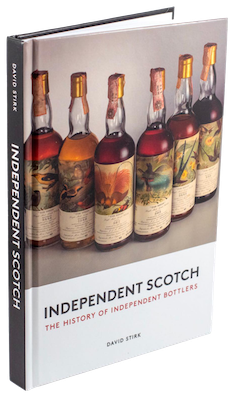
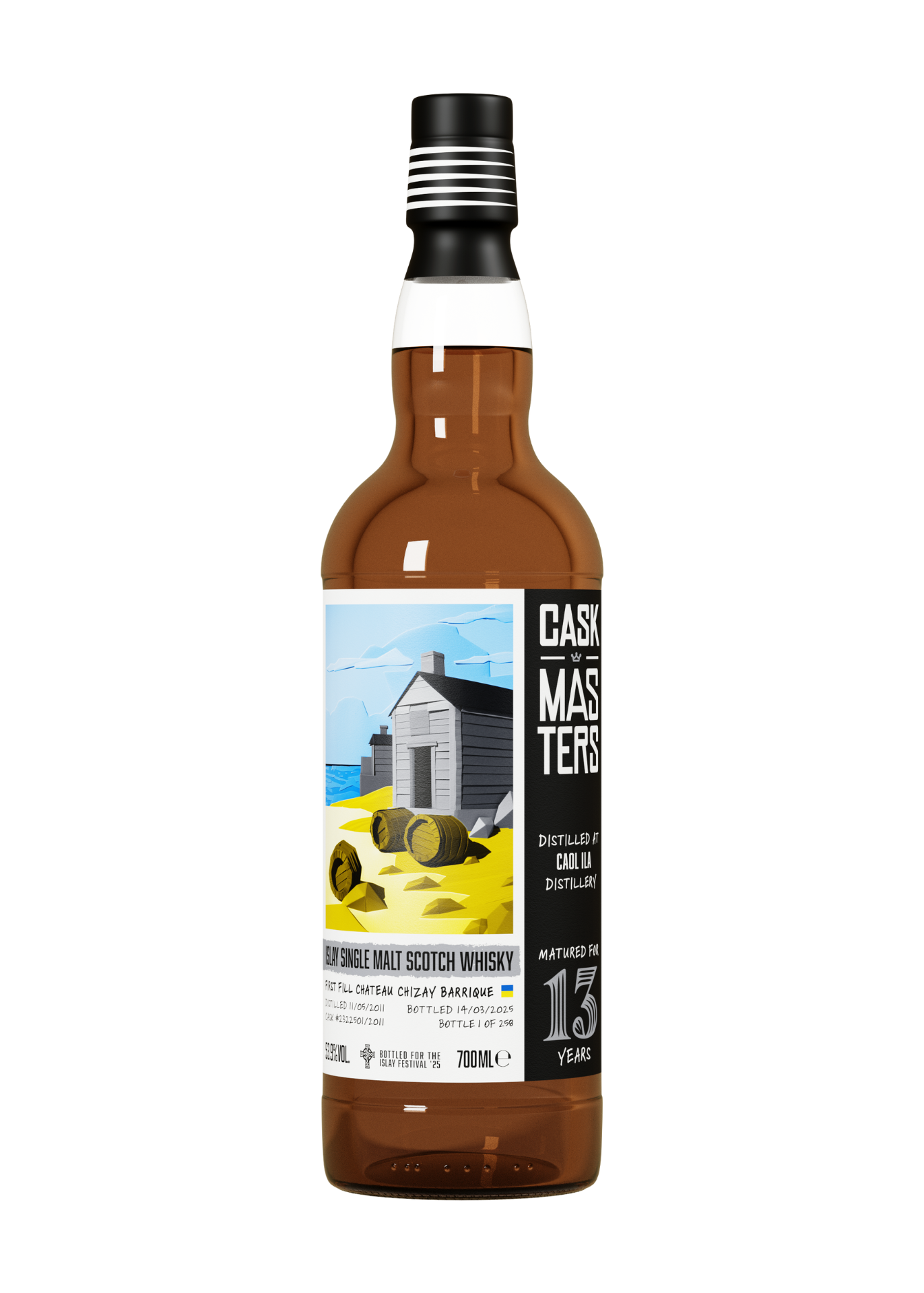
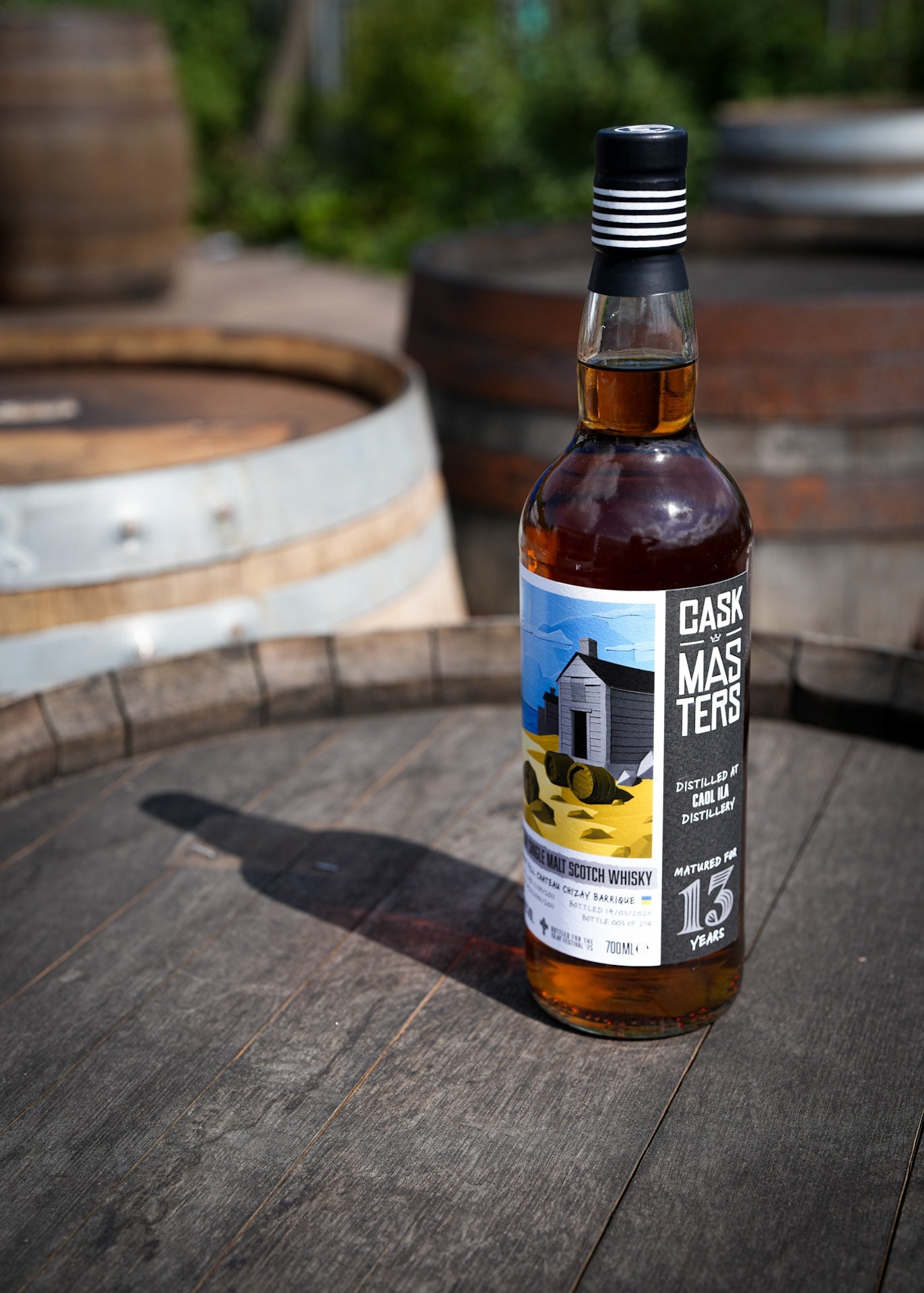
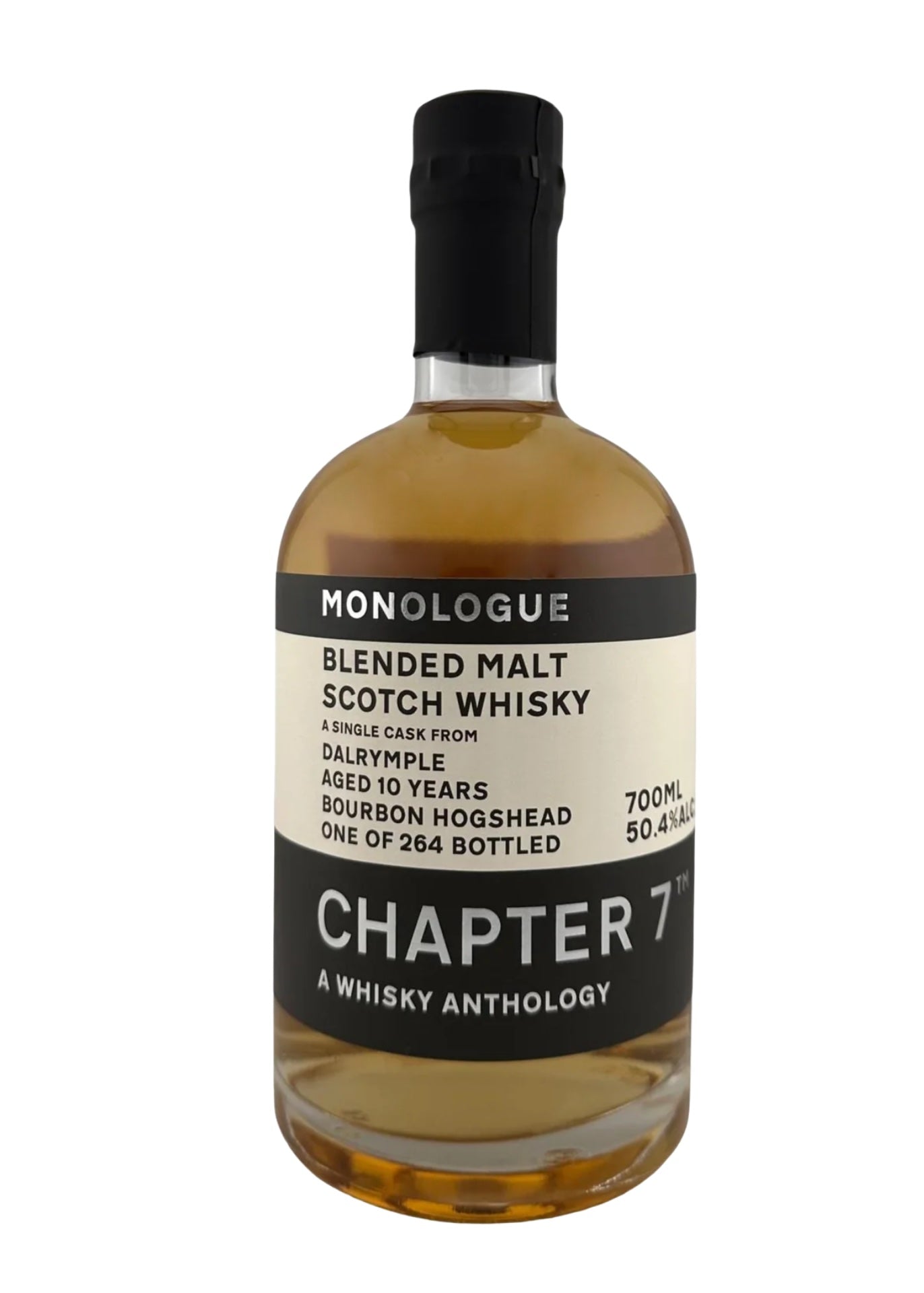
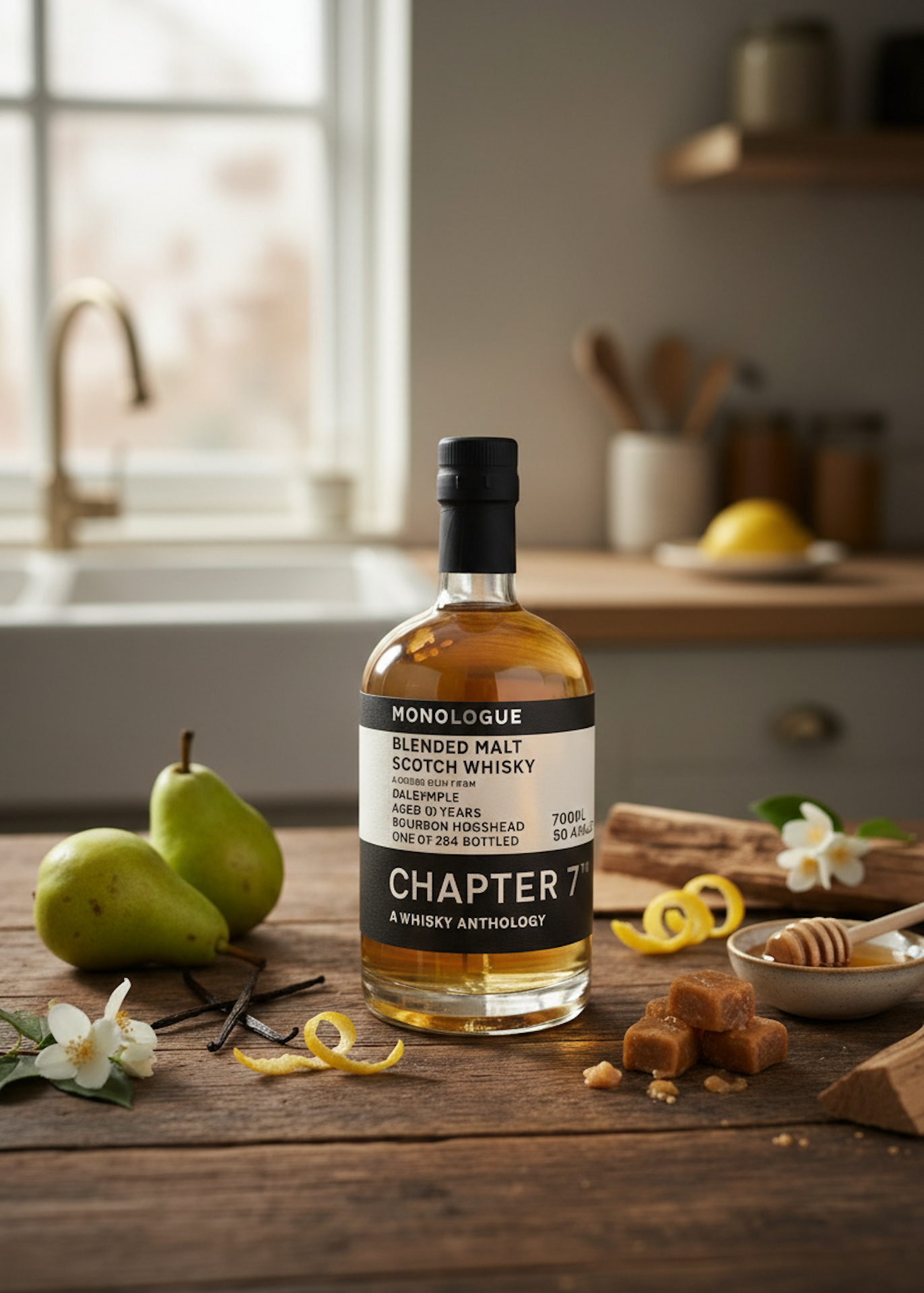
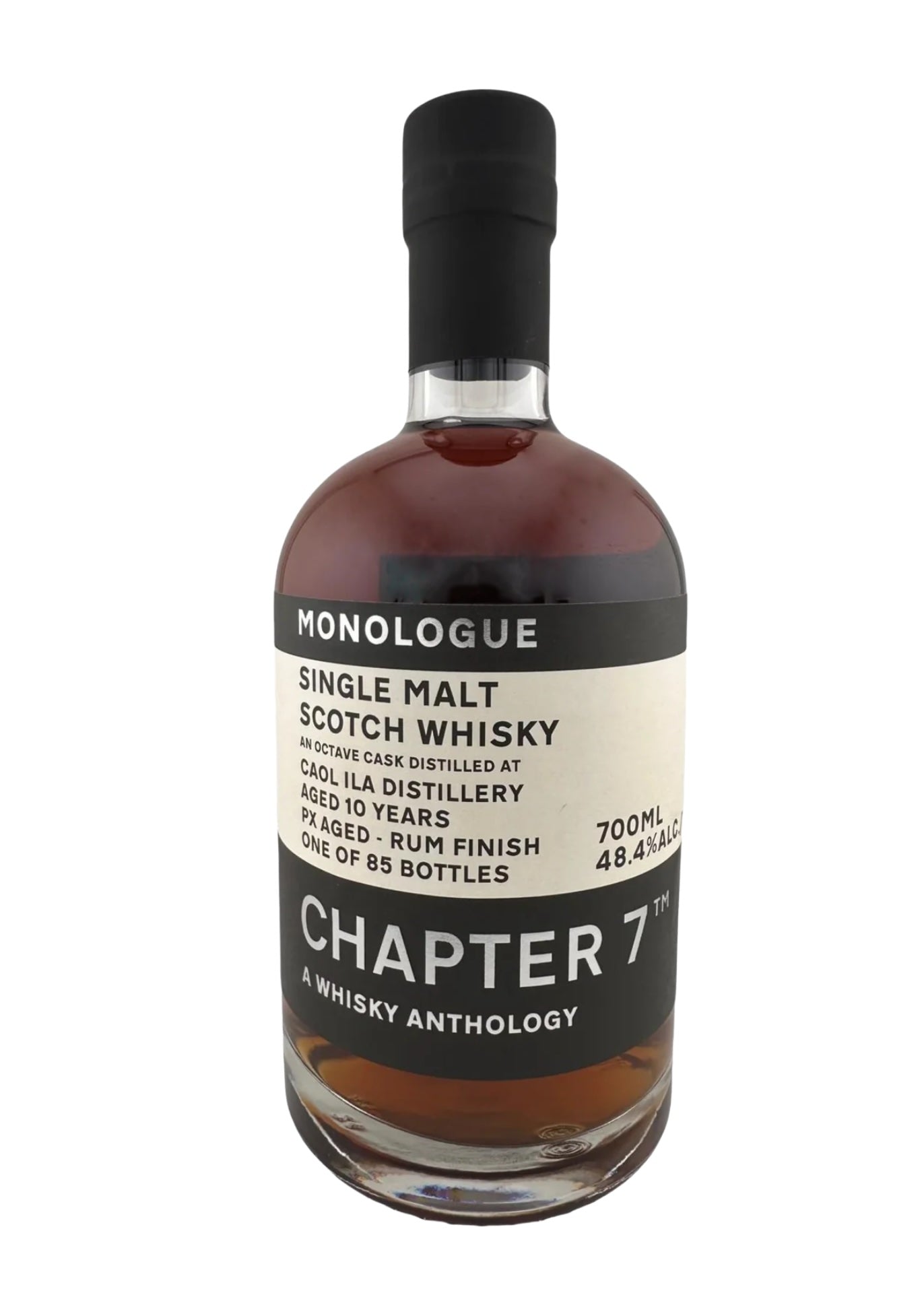
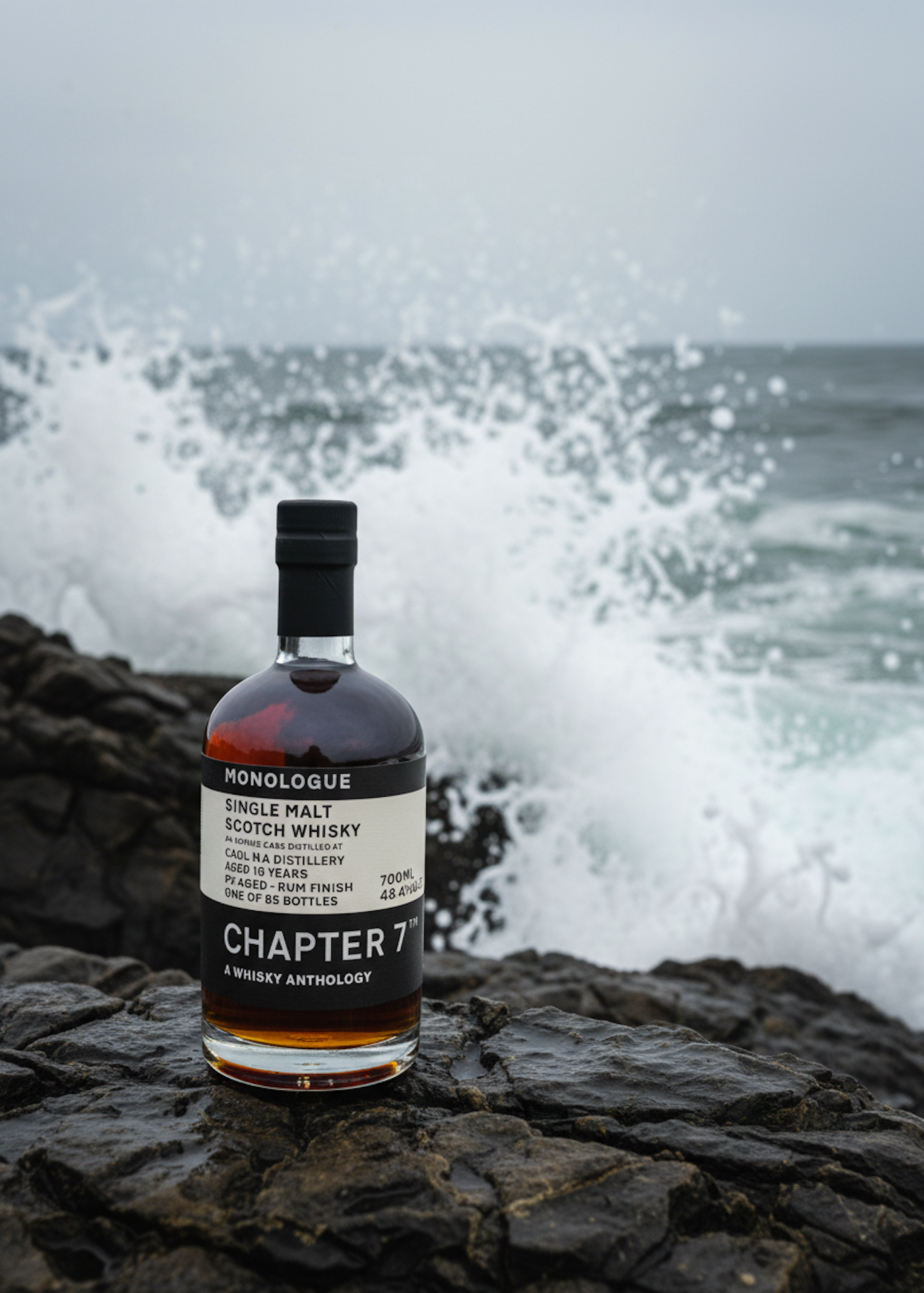
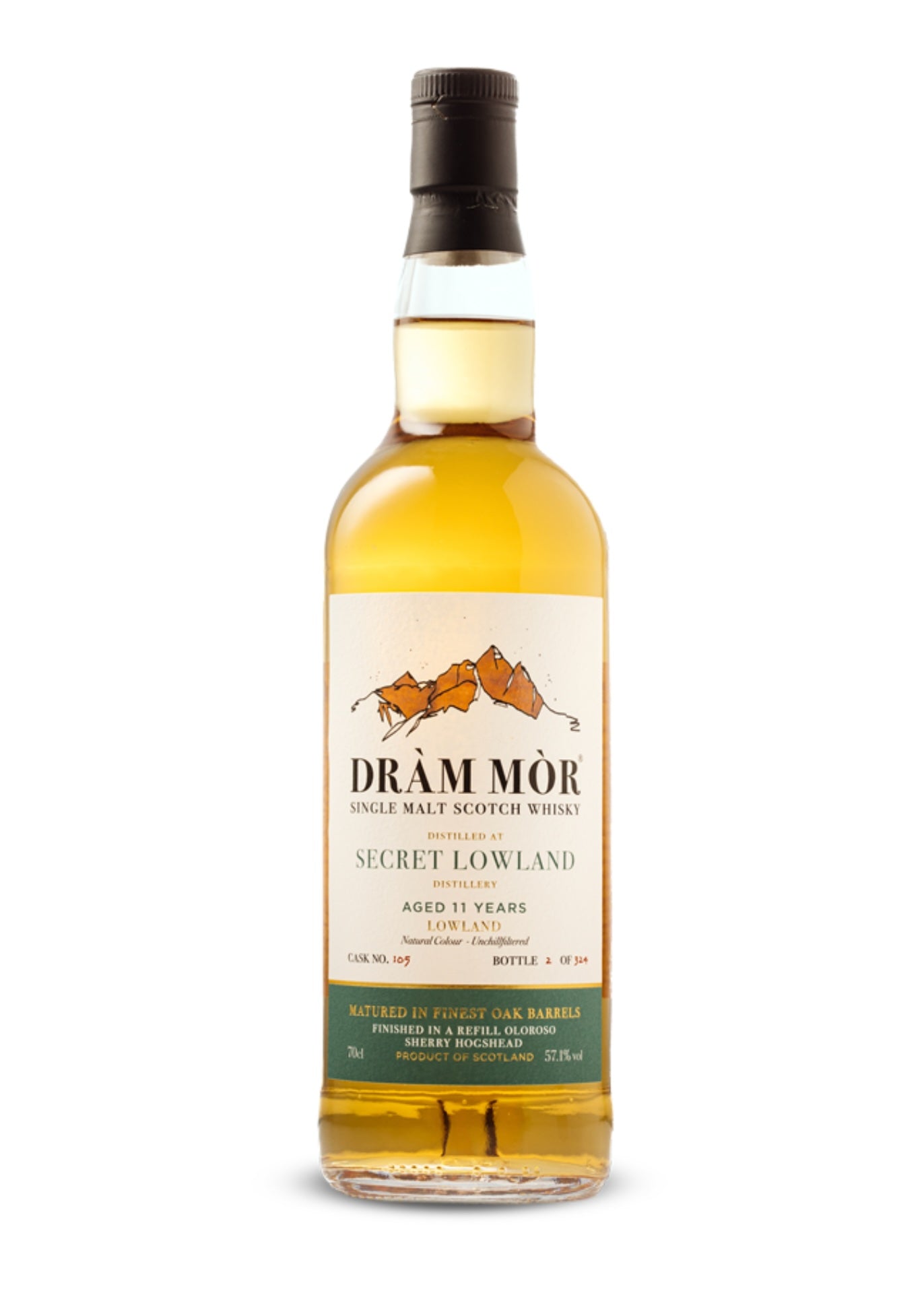
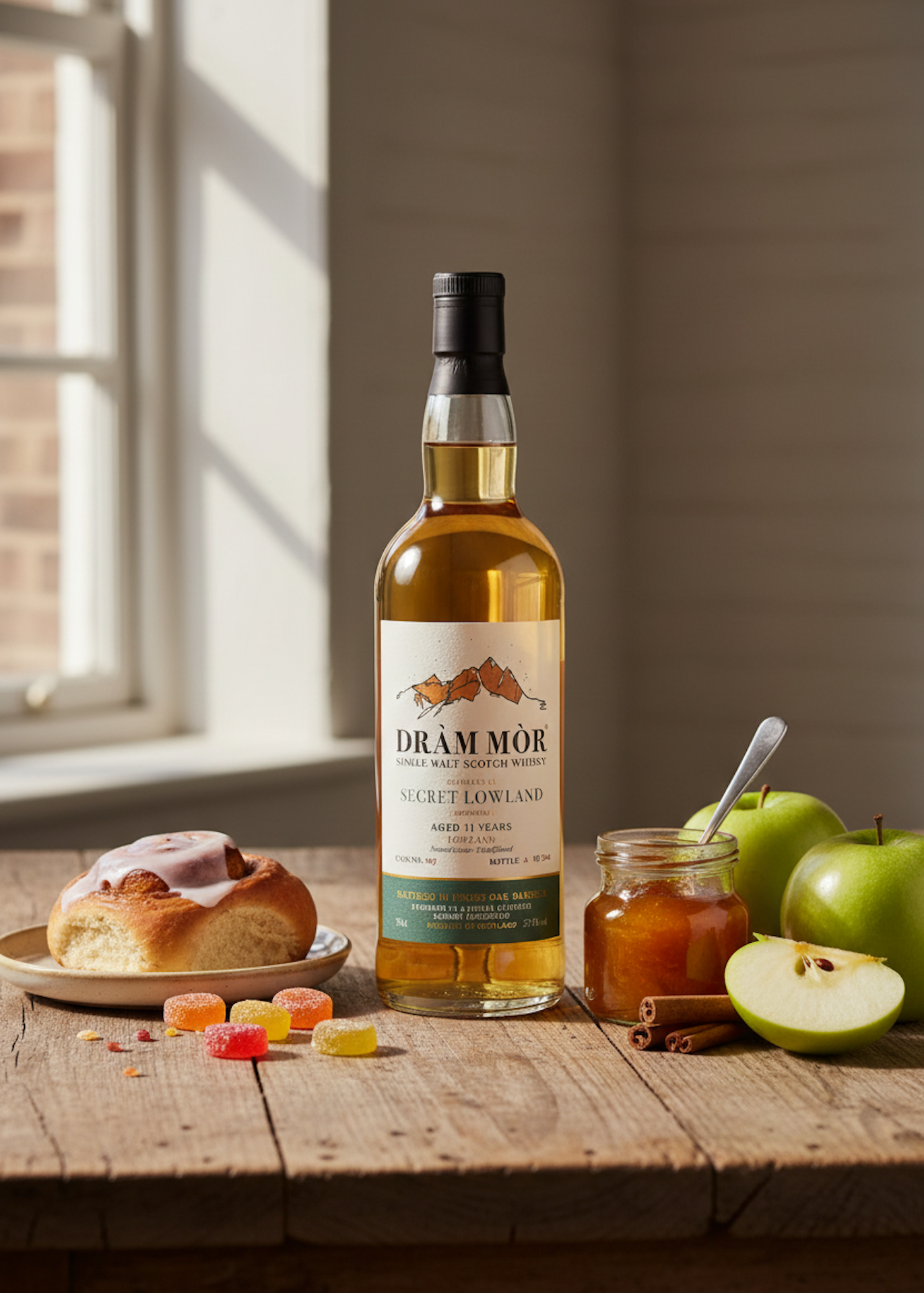
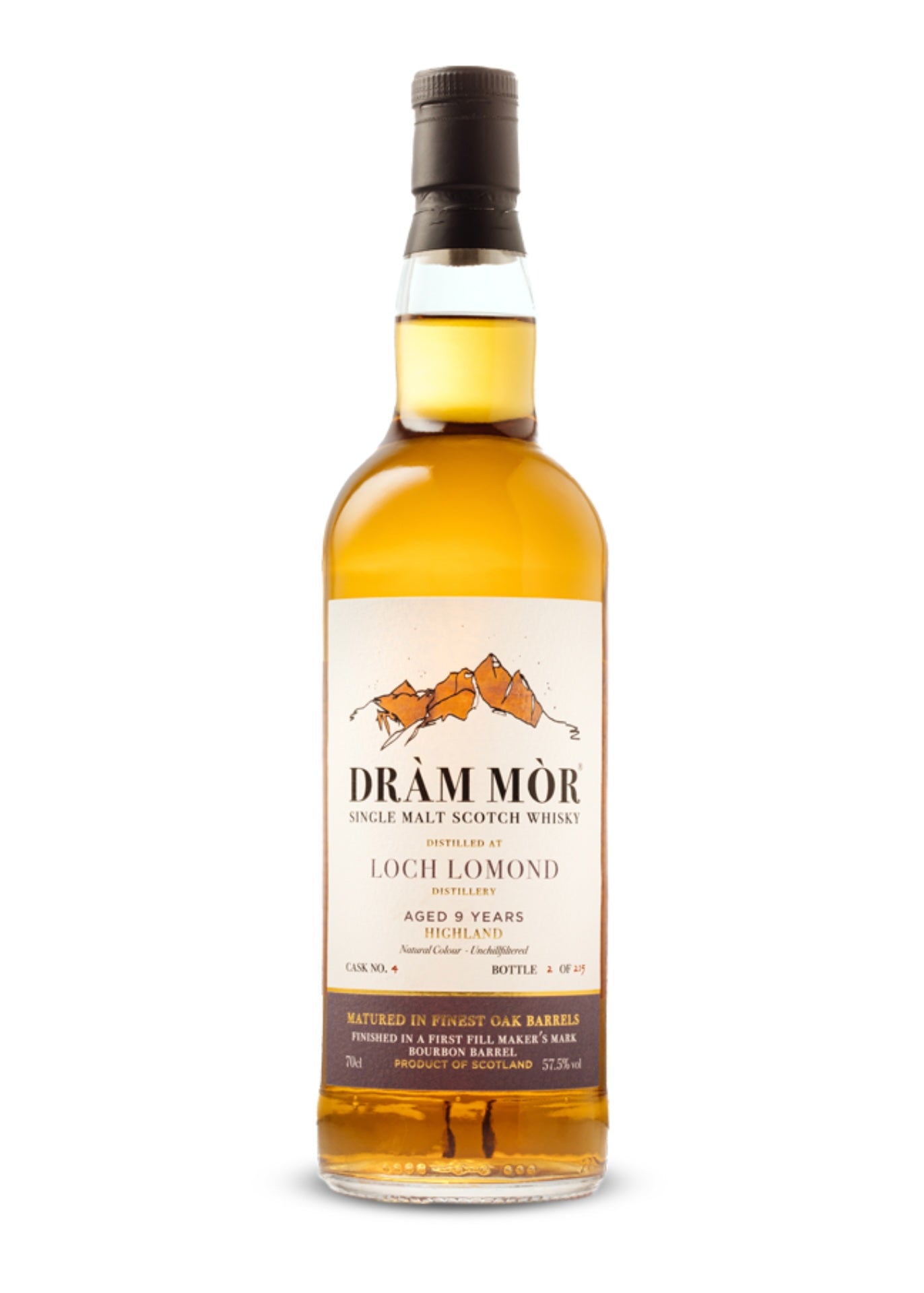
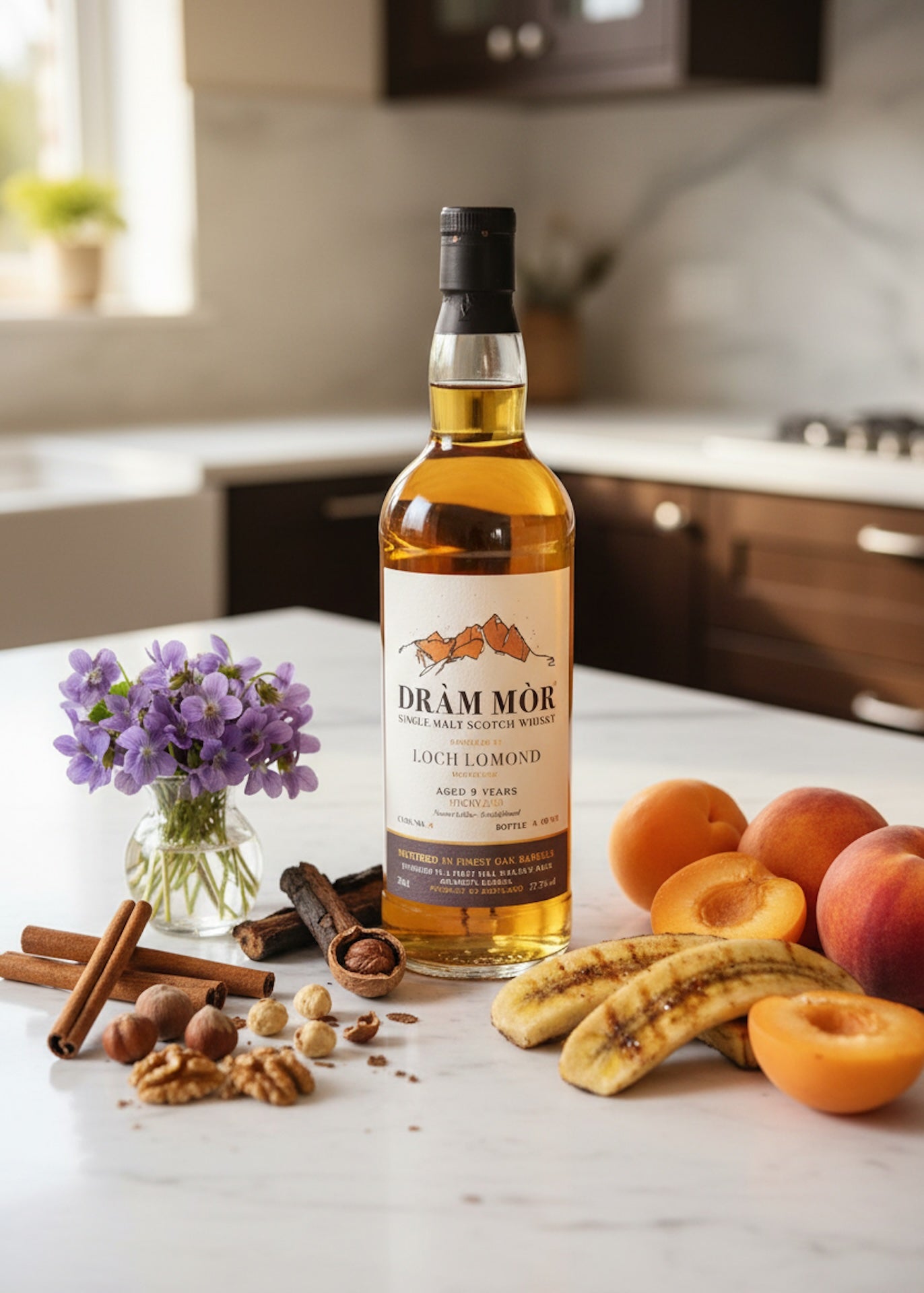
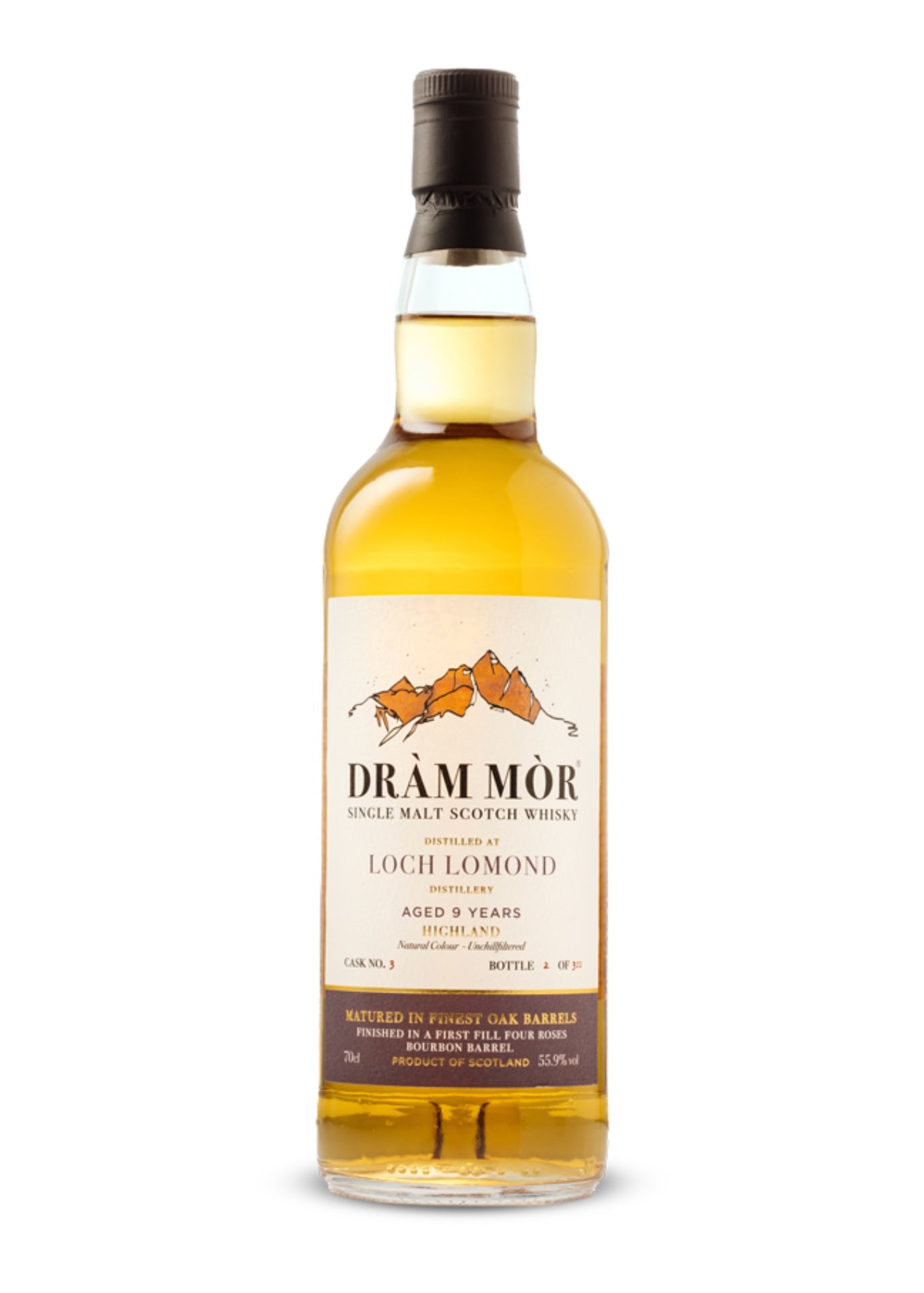
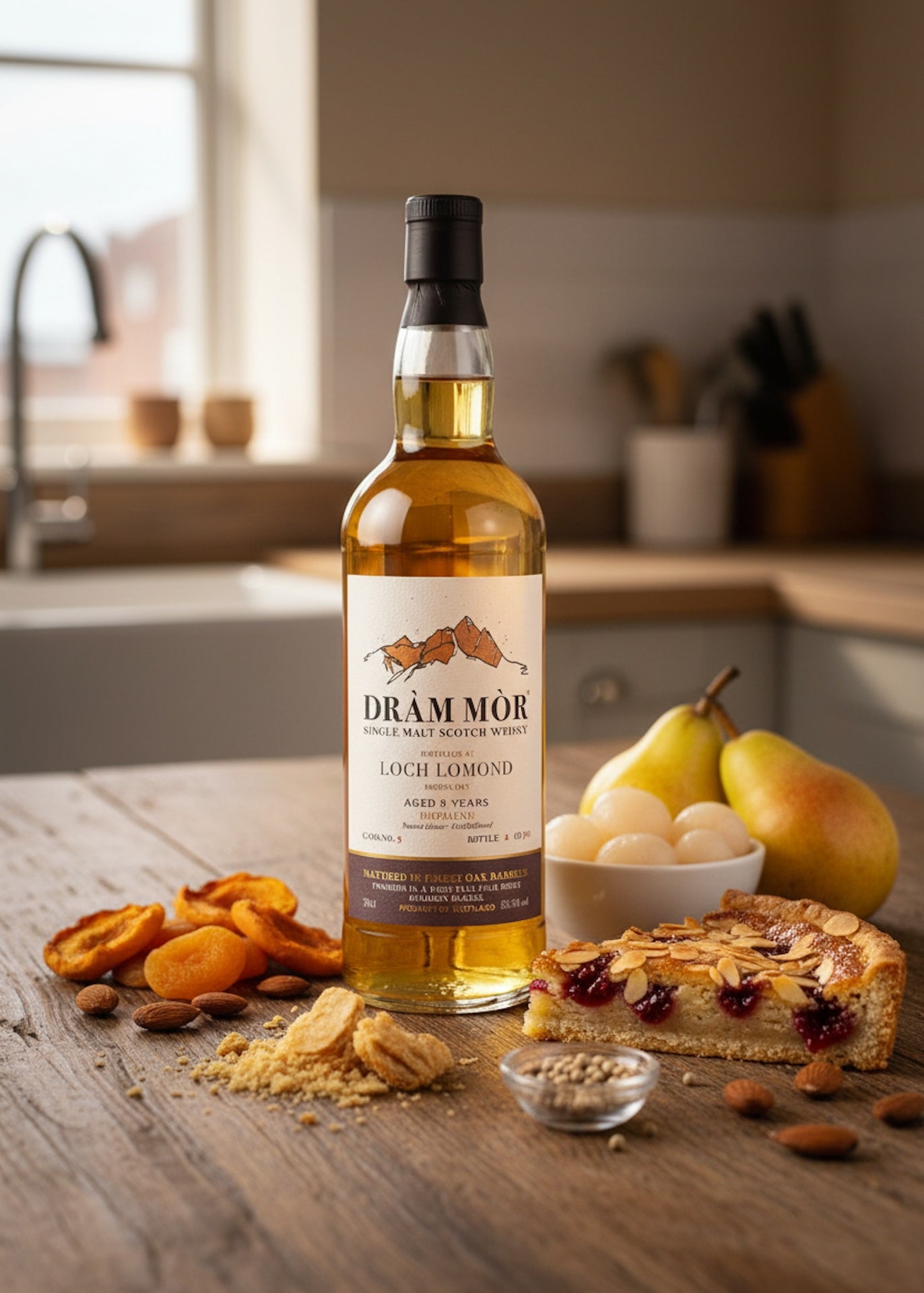
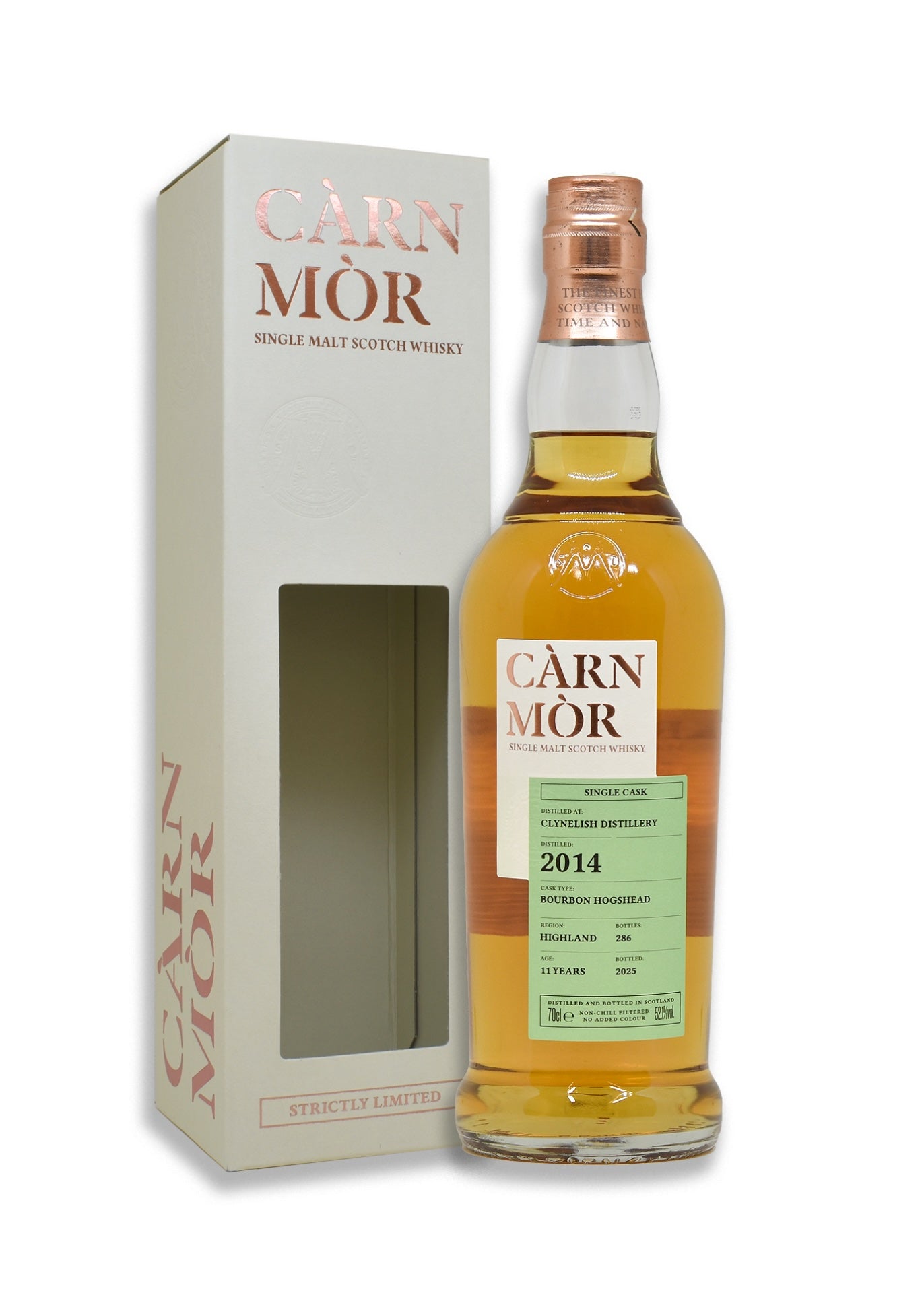
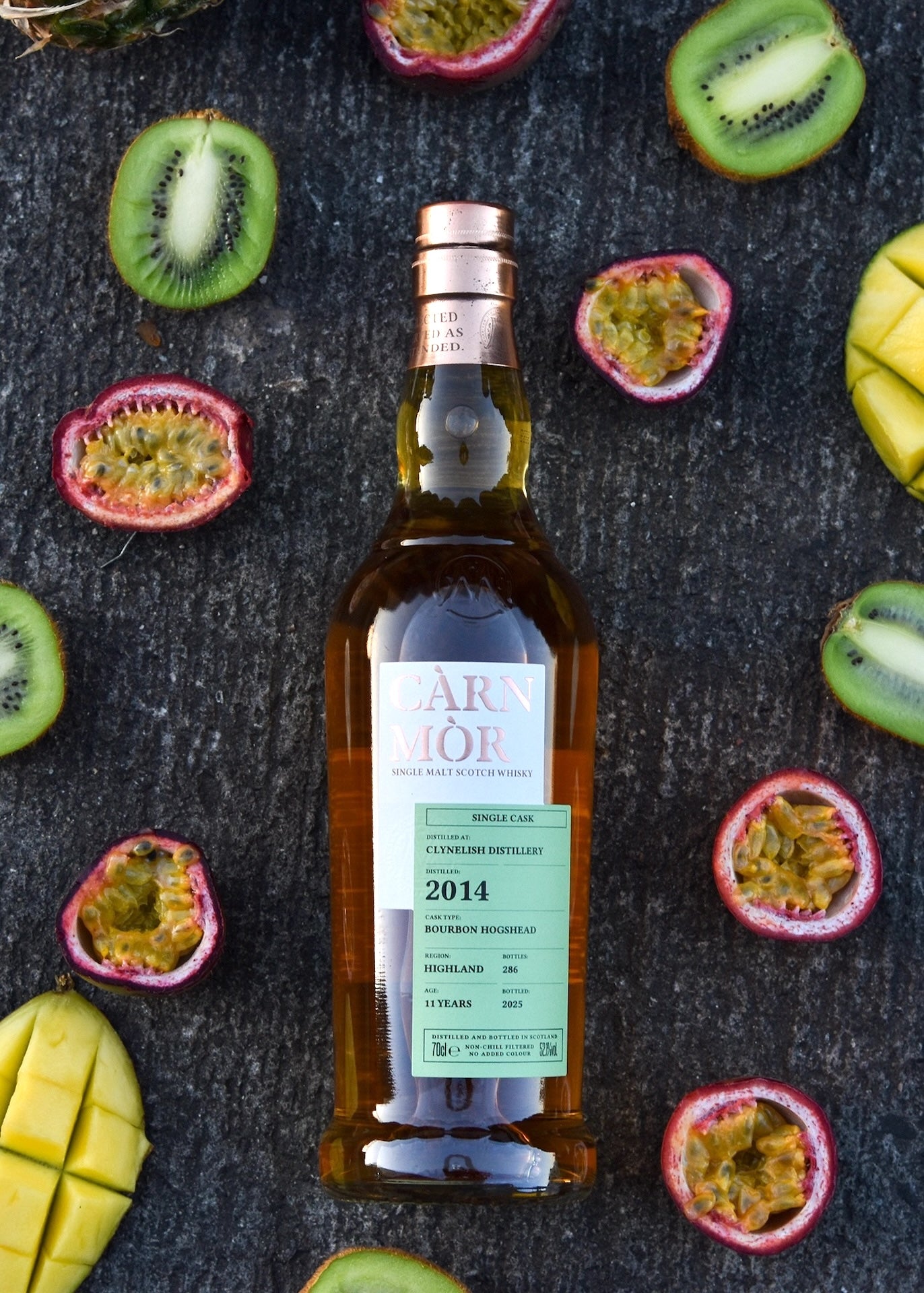
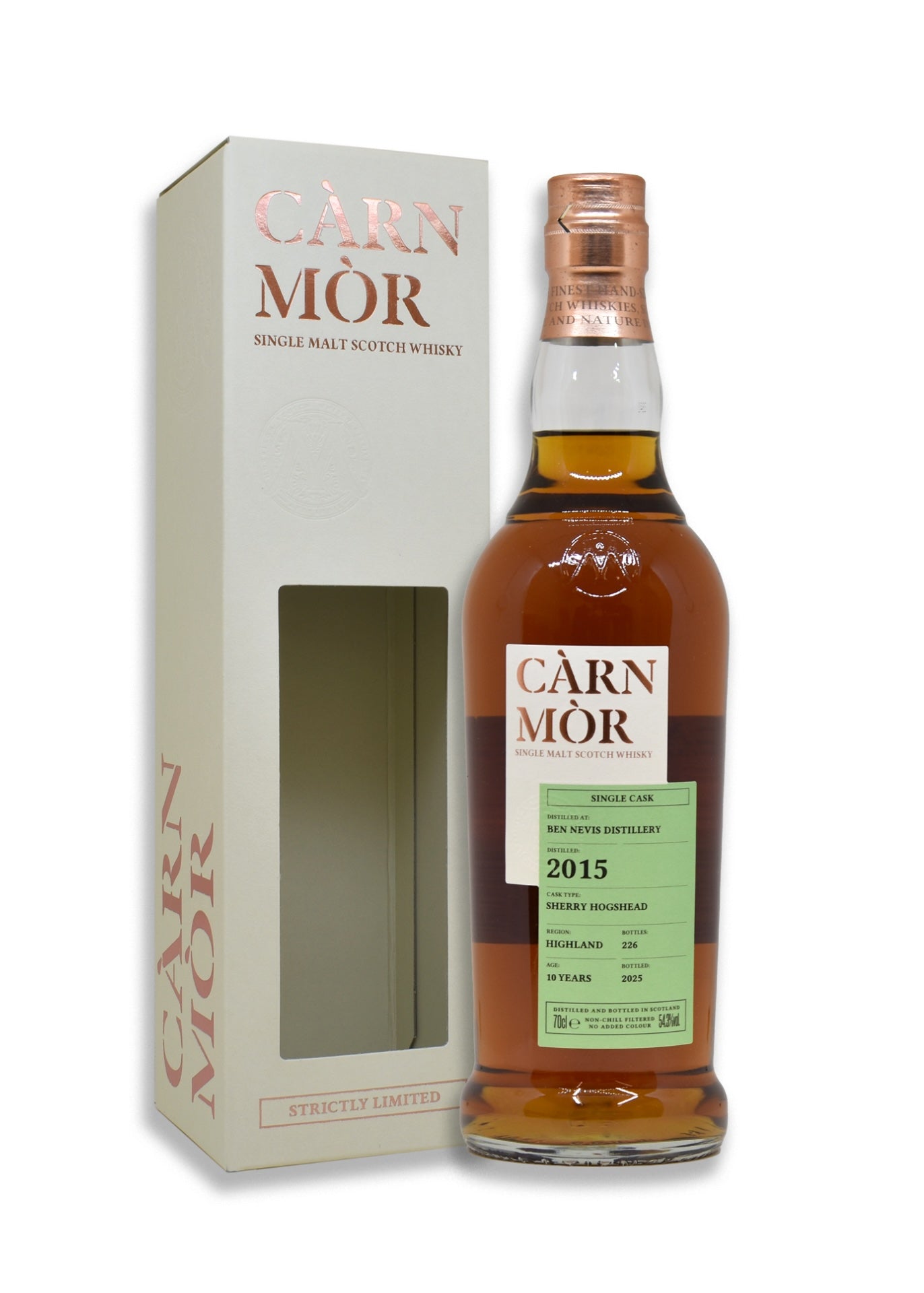
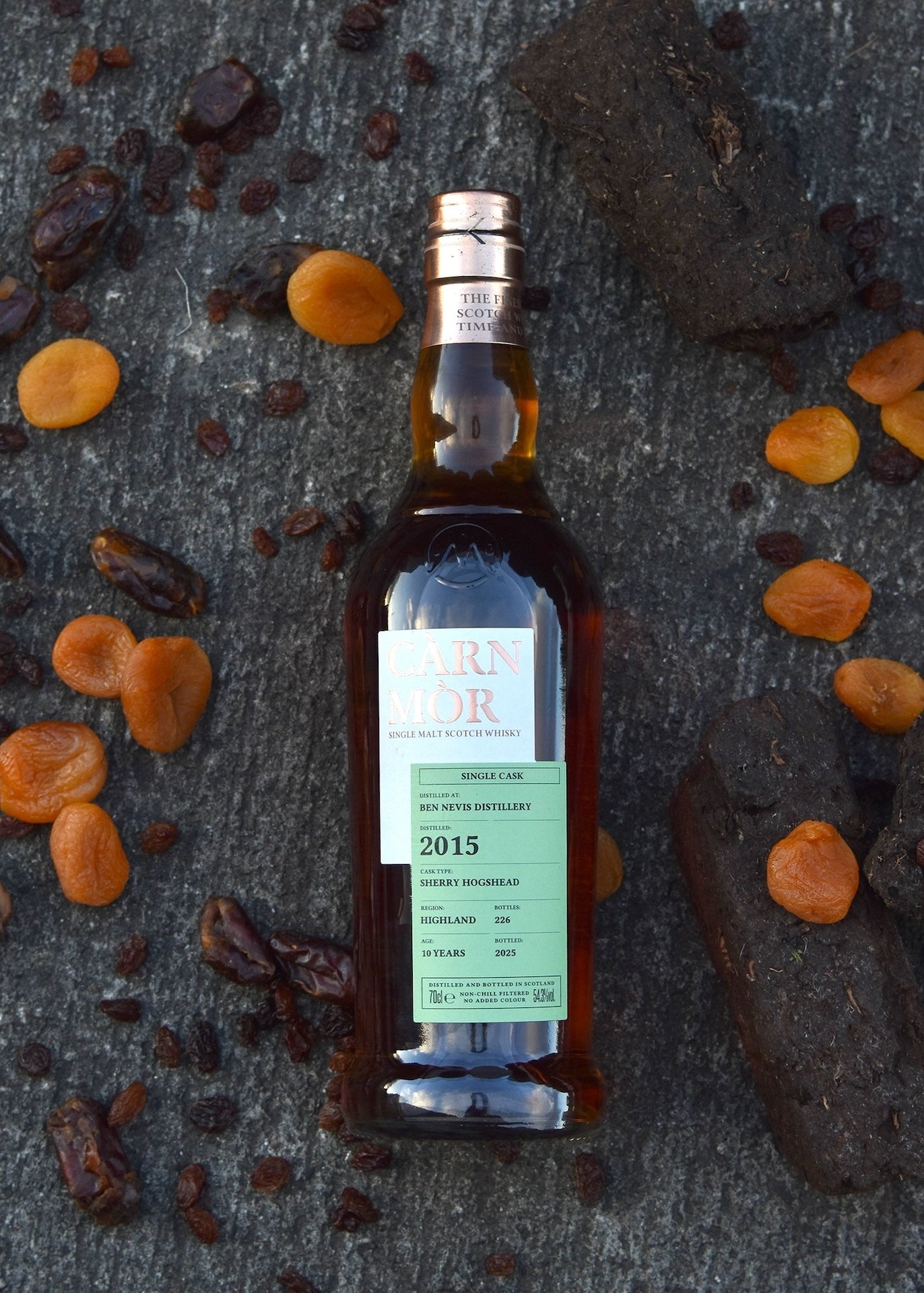
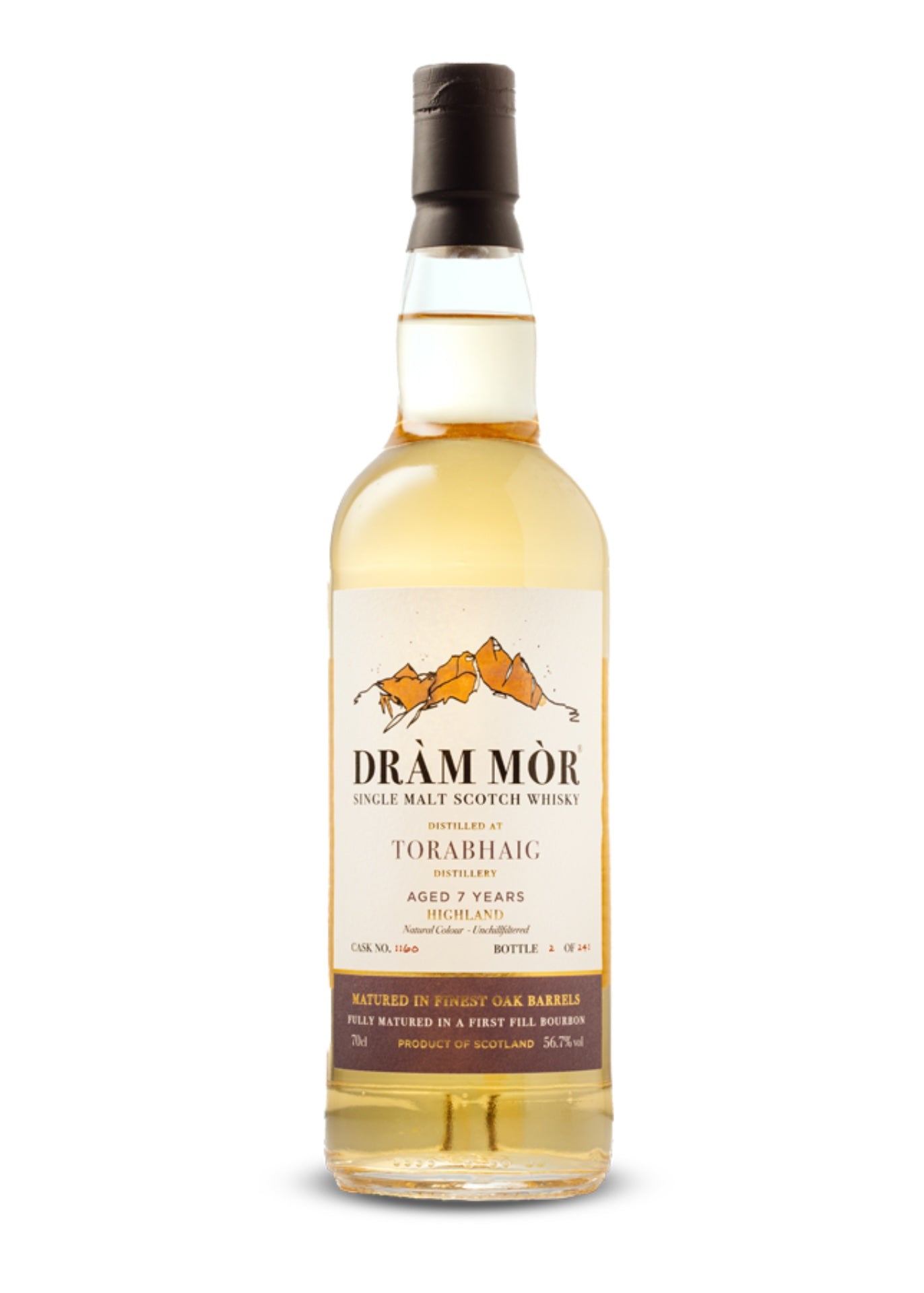
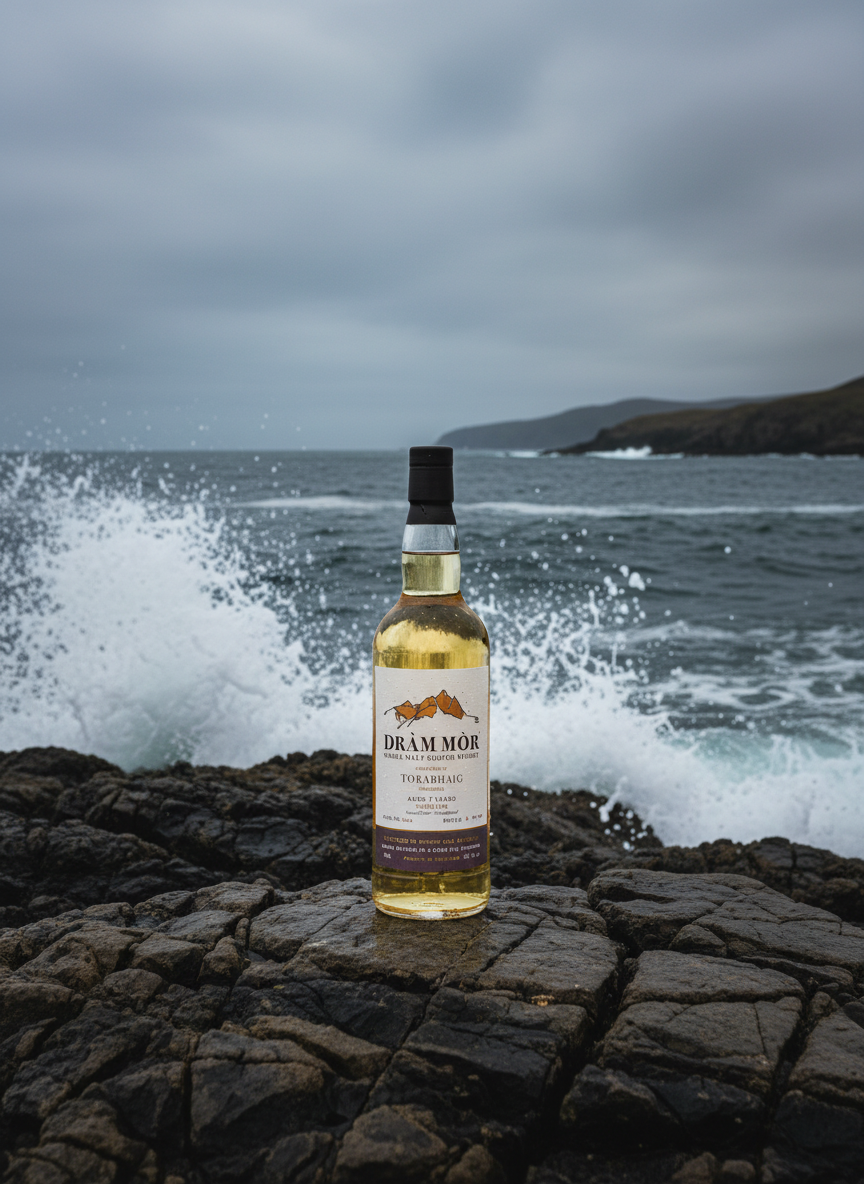
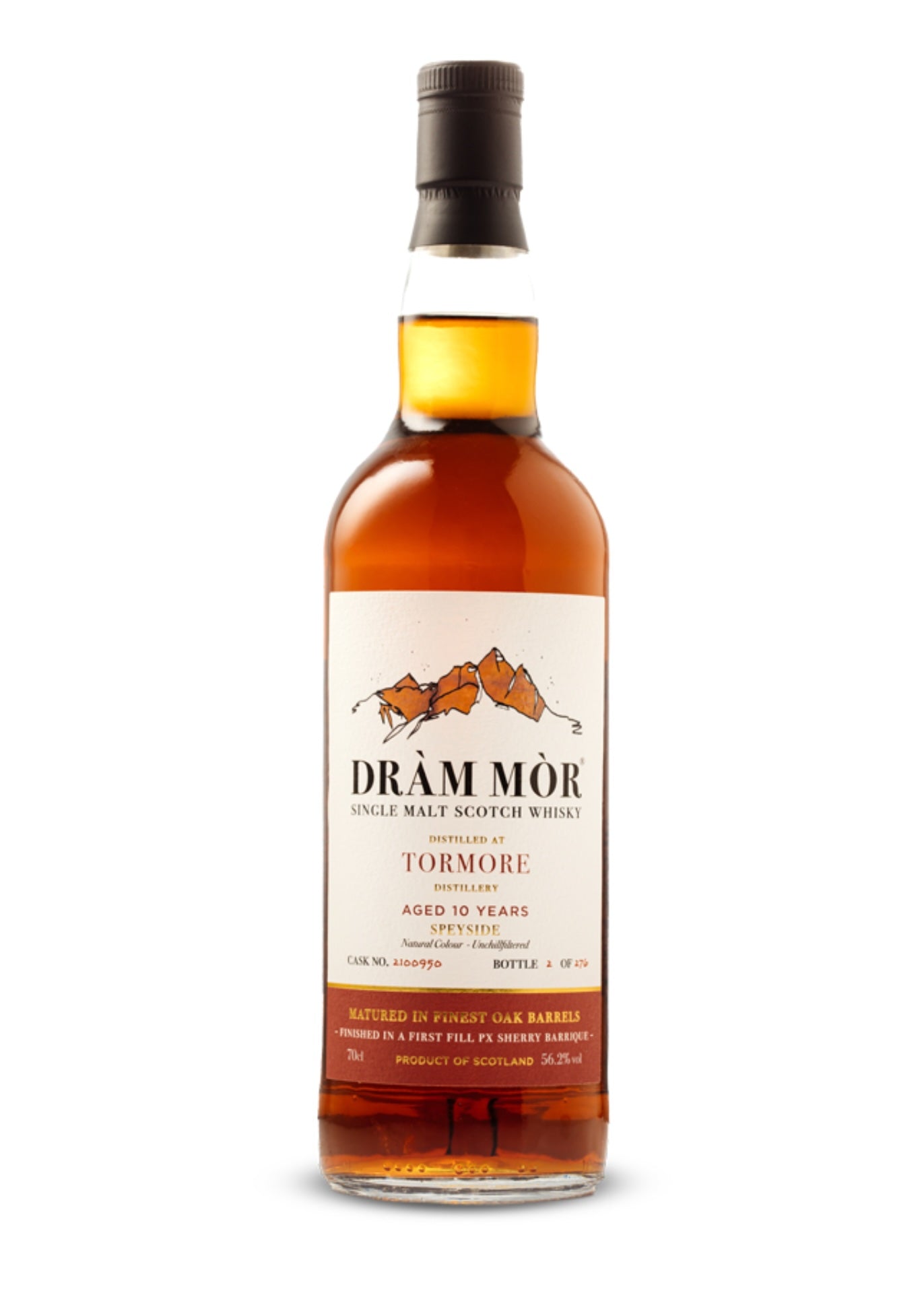
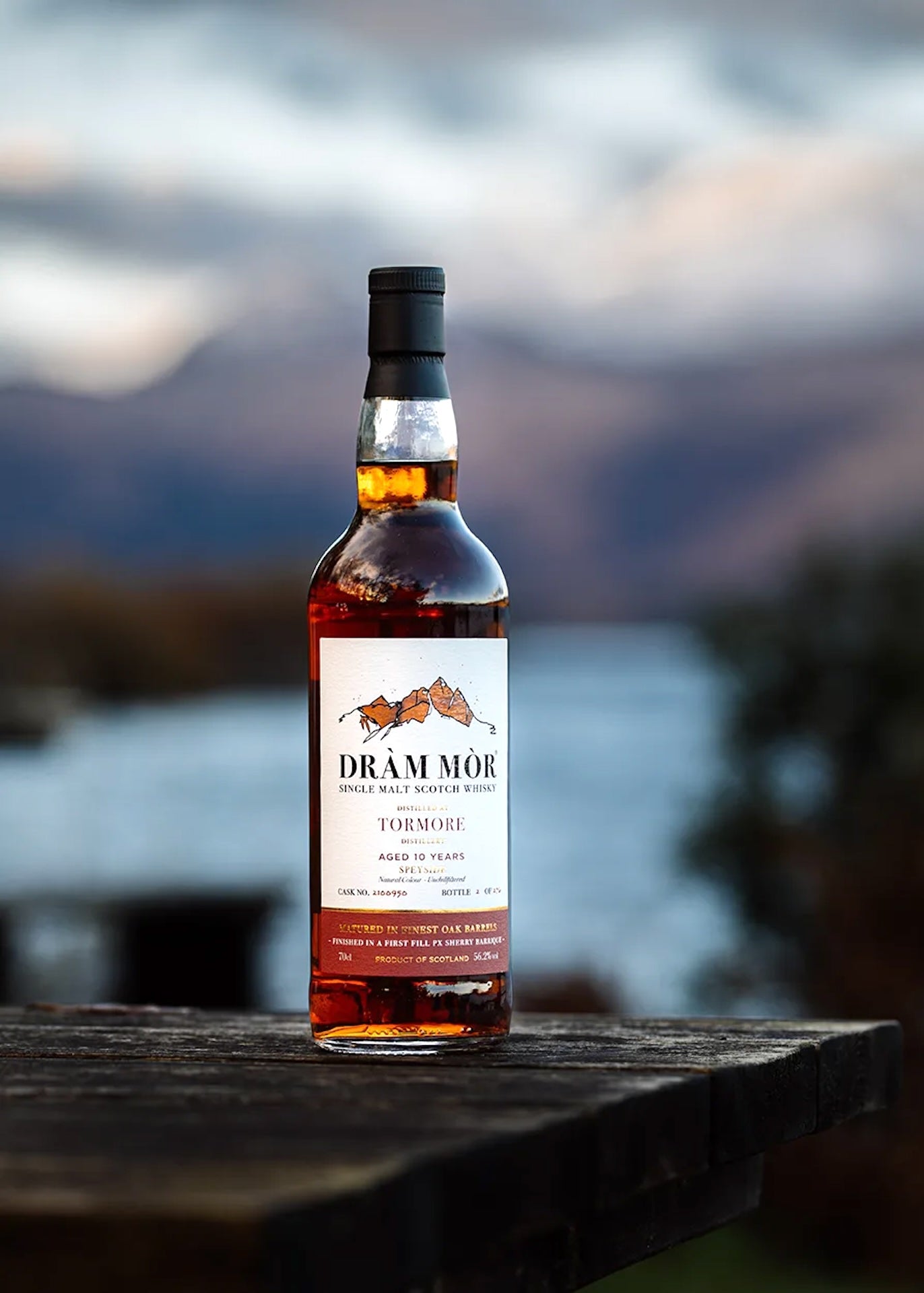
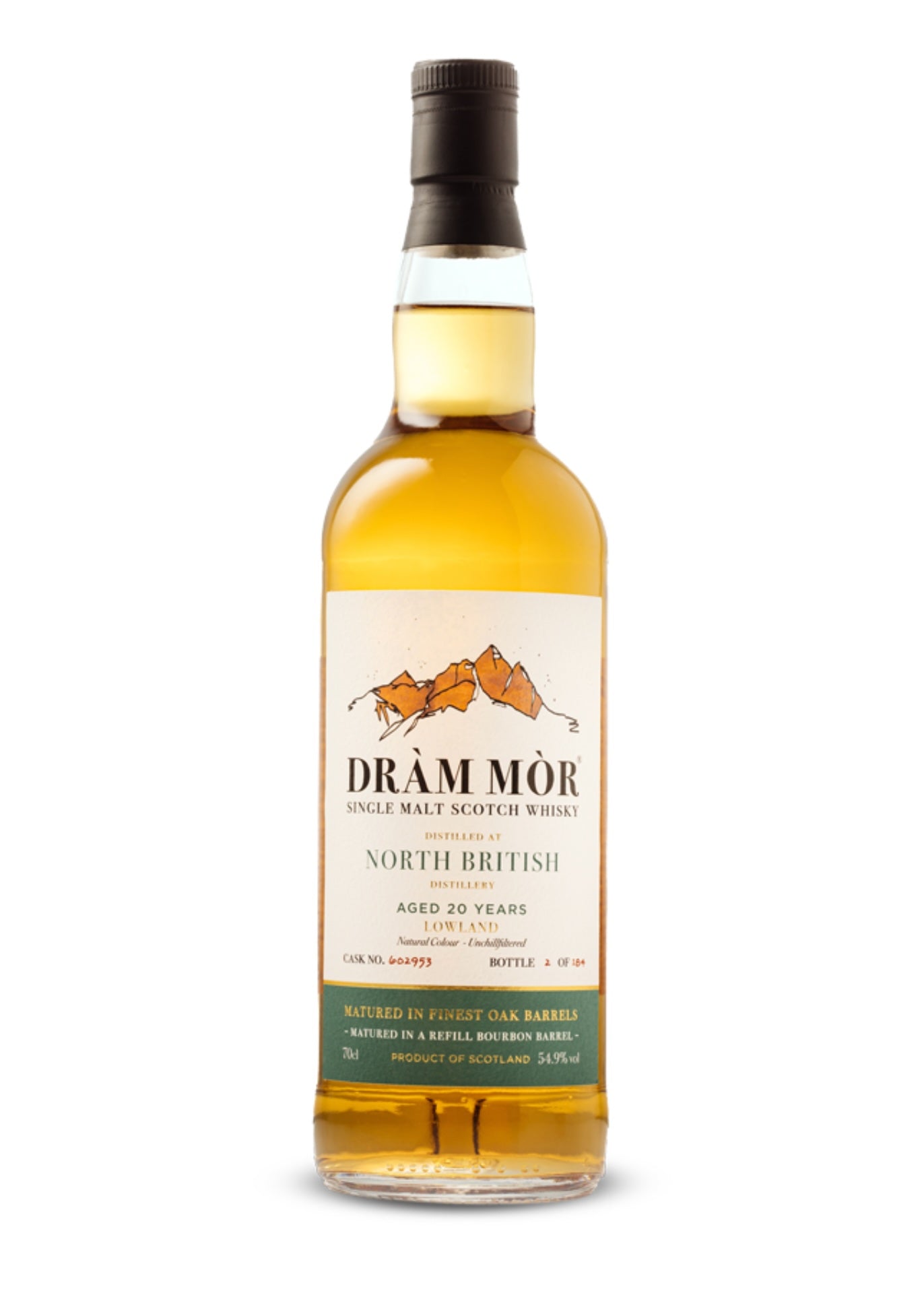
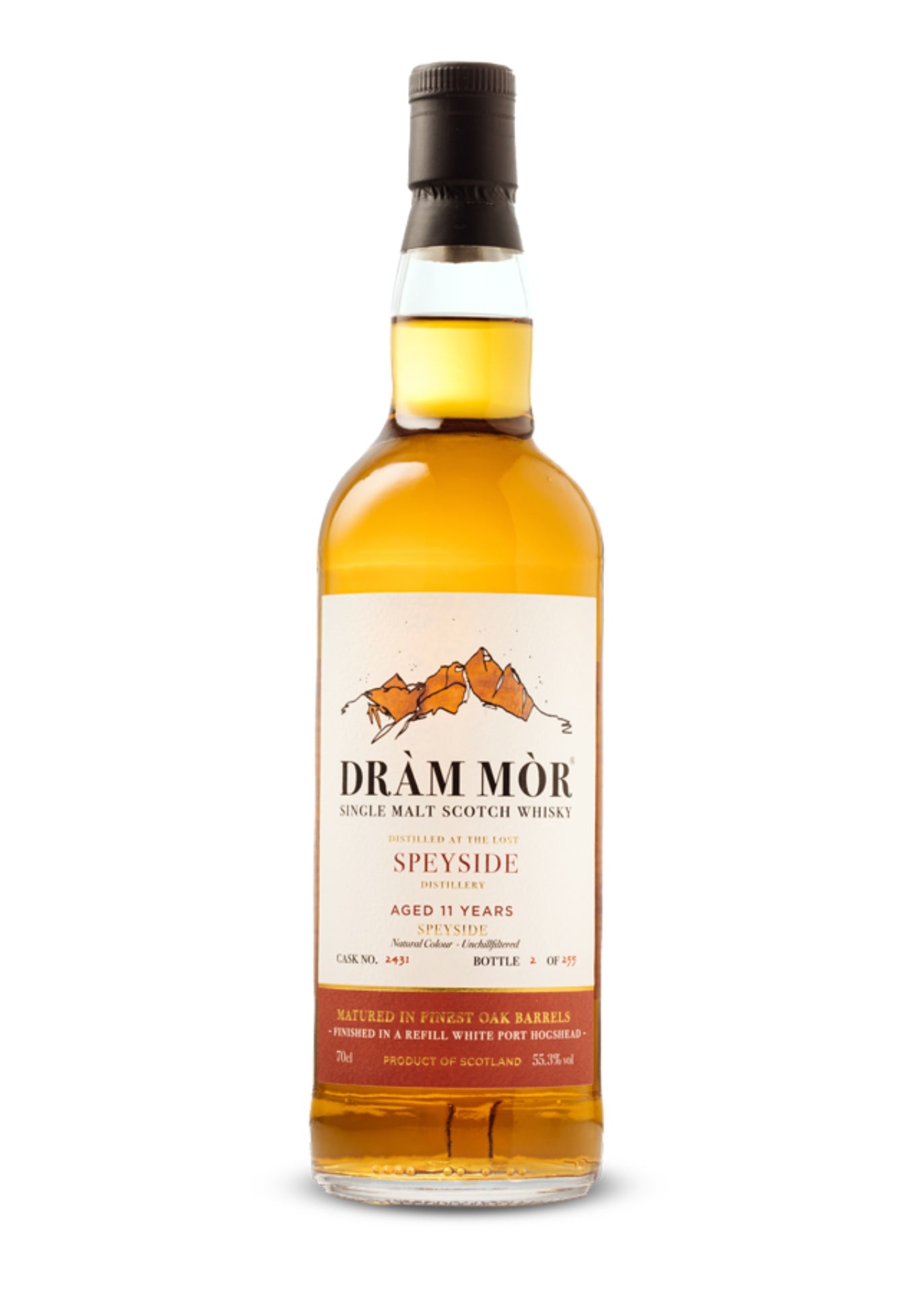
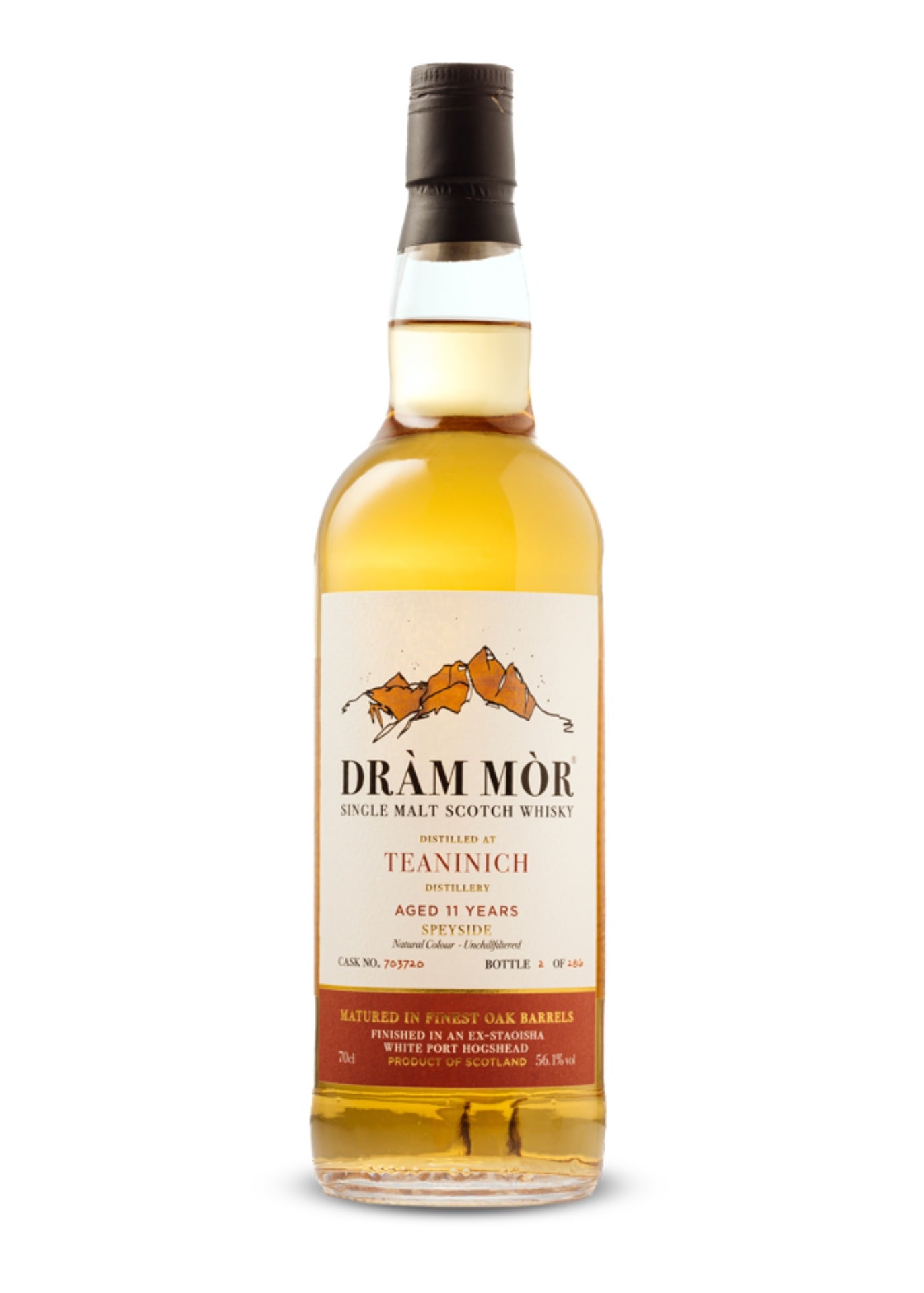
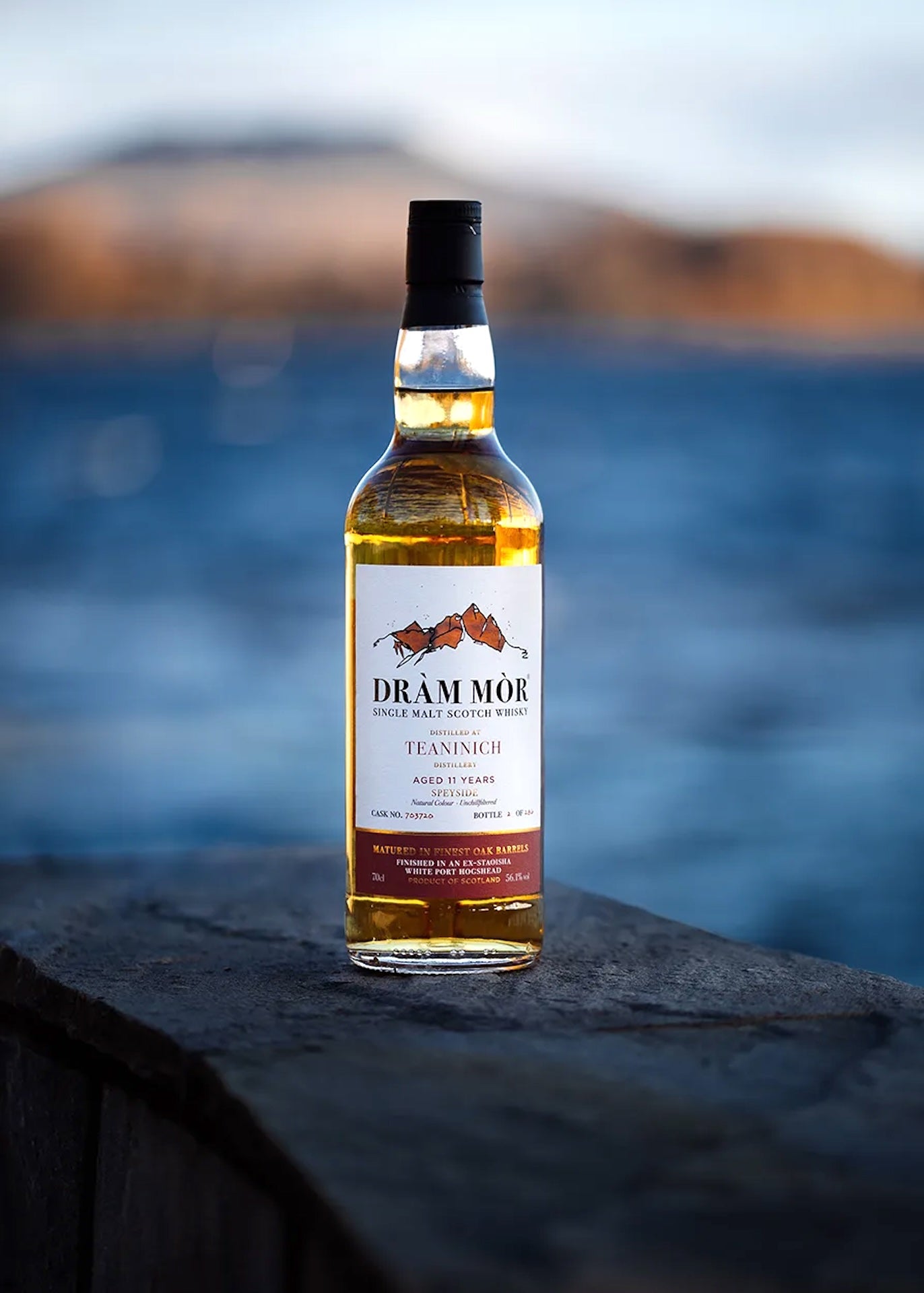
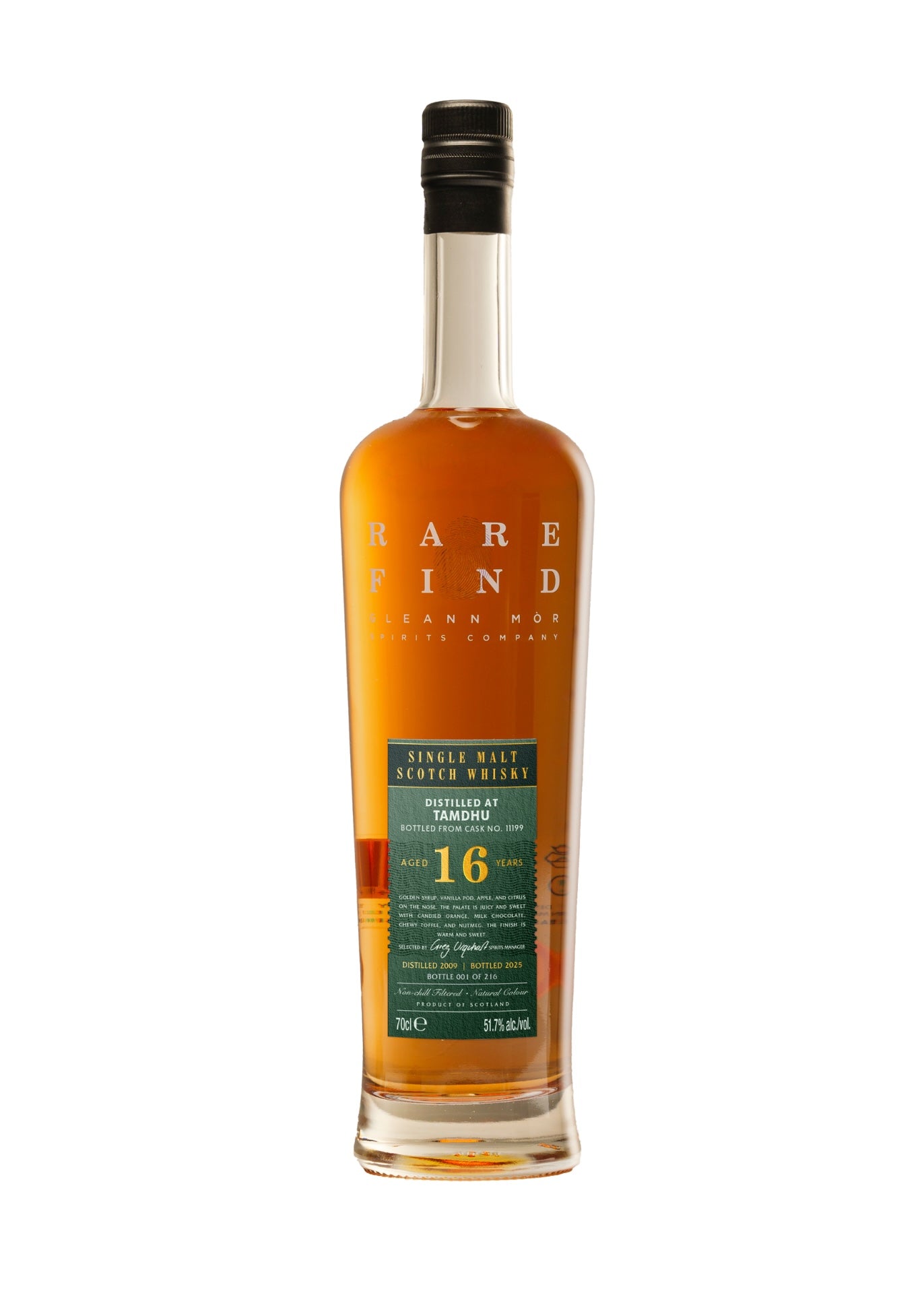
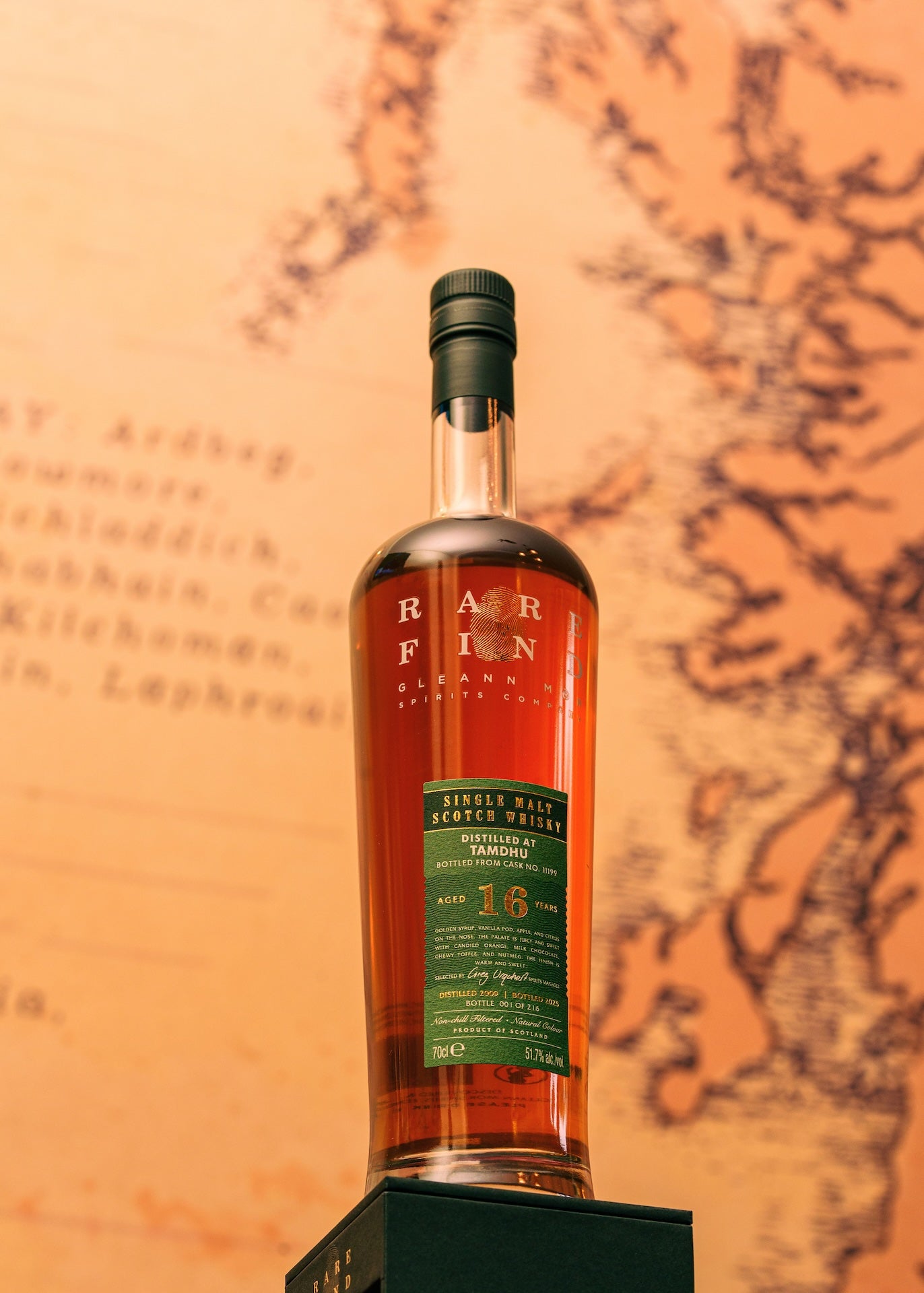
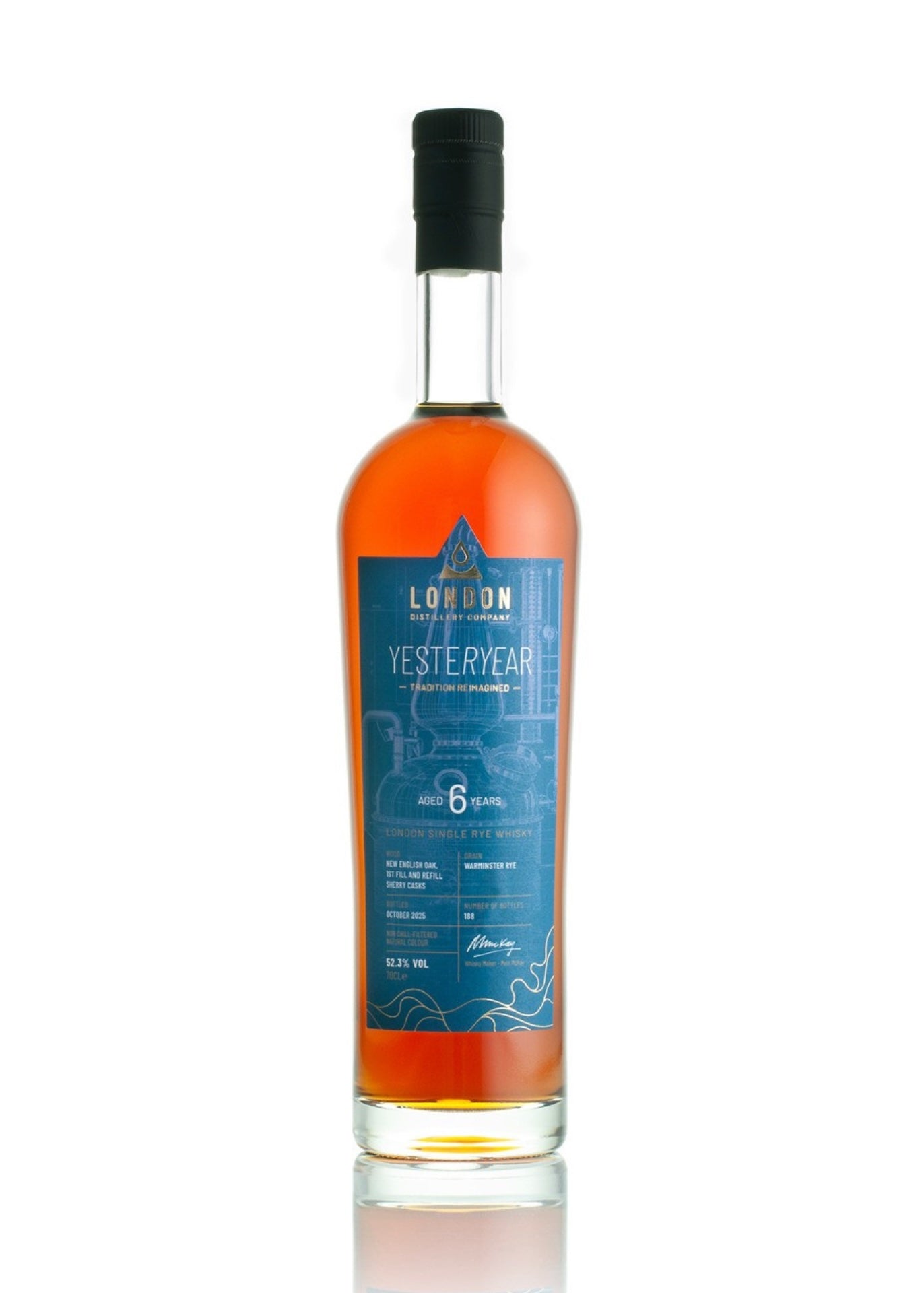
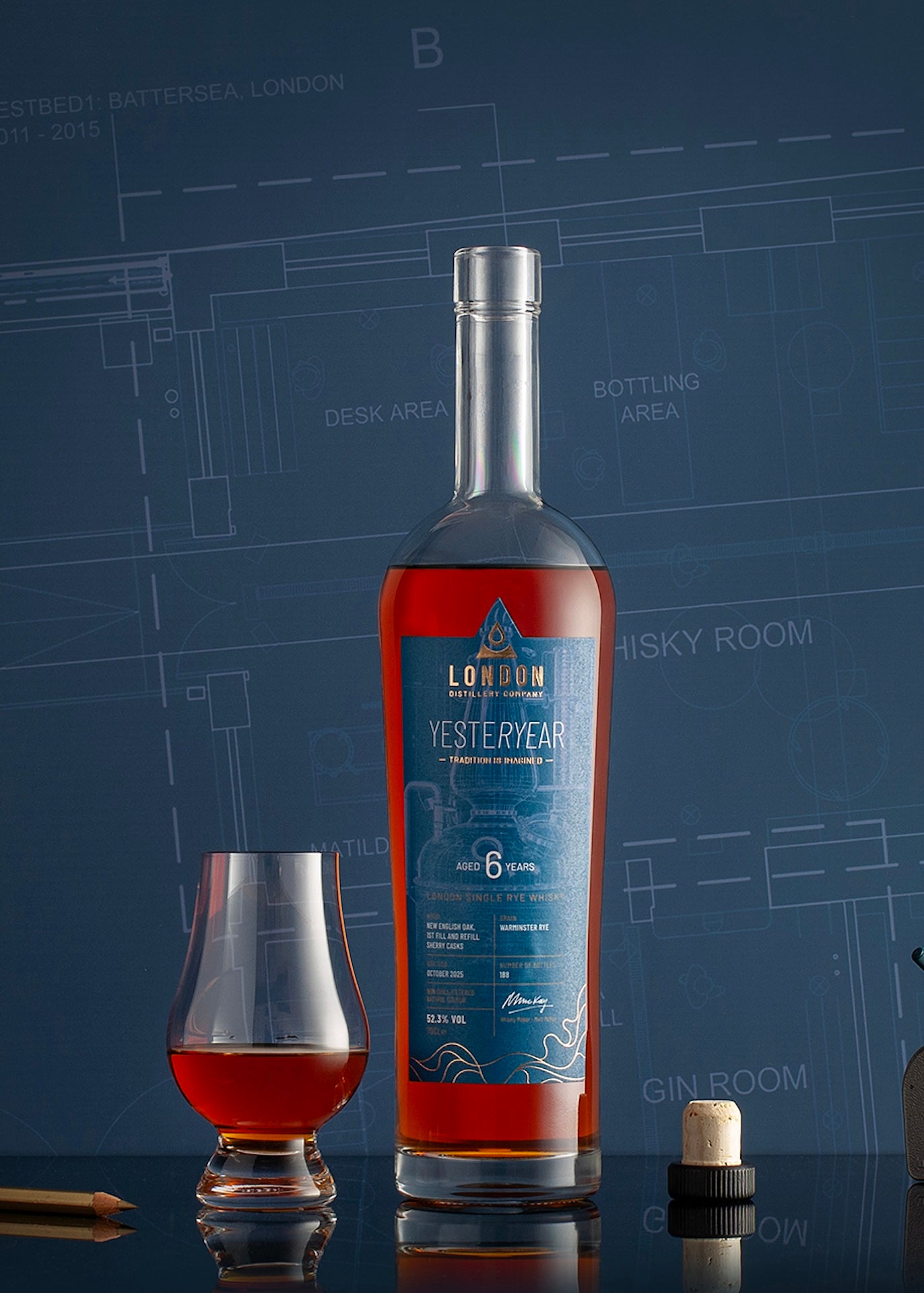
Leave a comment
This site is protected by hCaptcha and the hCaptcha Privacy Policy and Terms of Service apply.